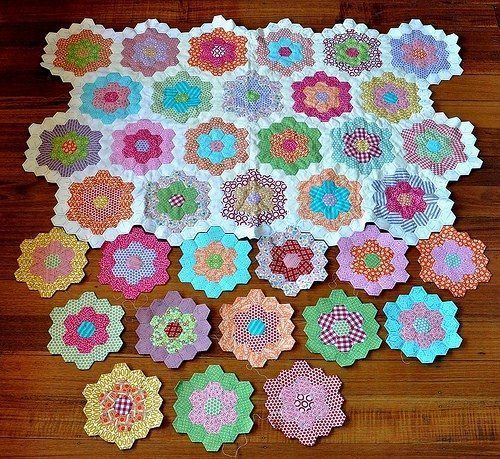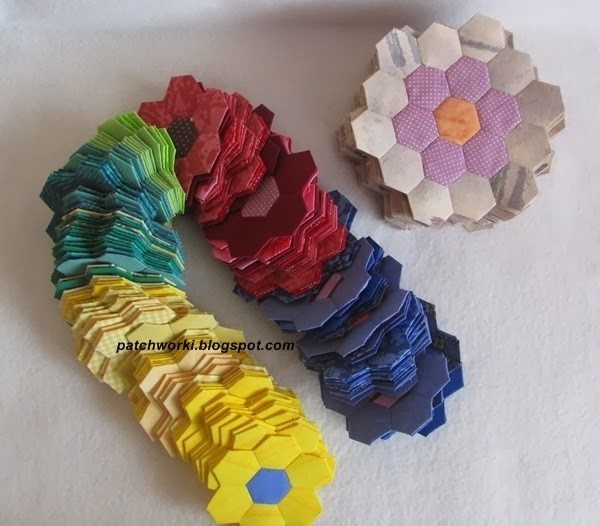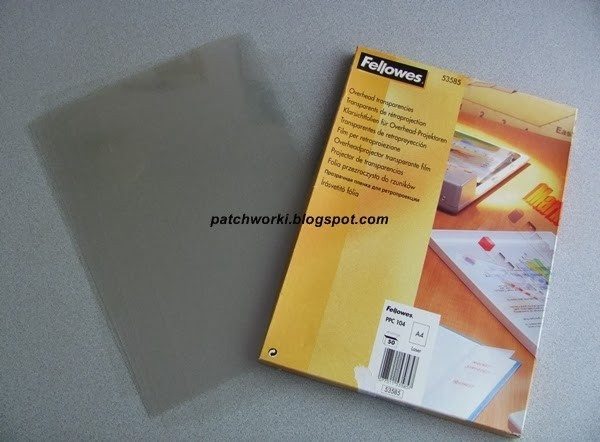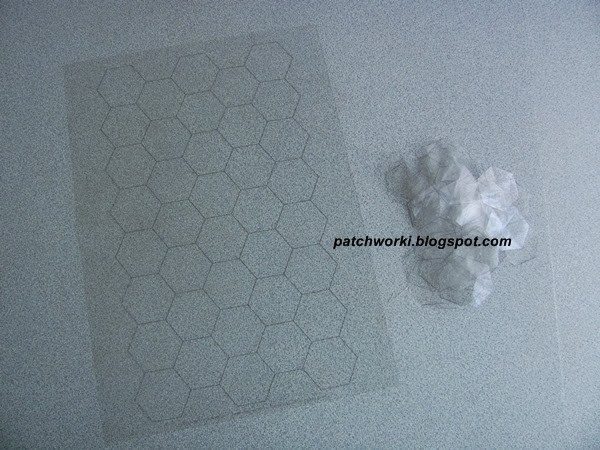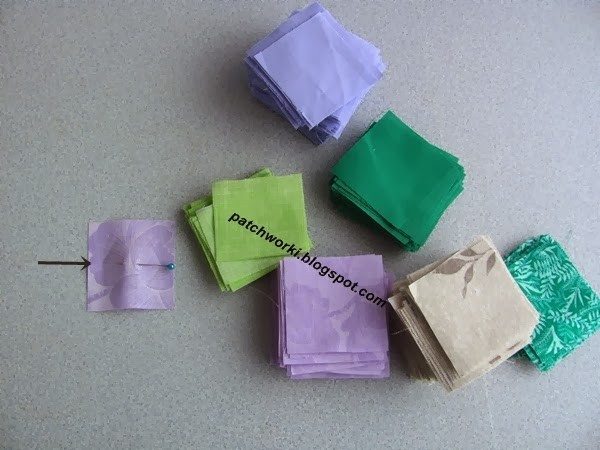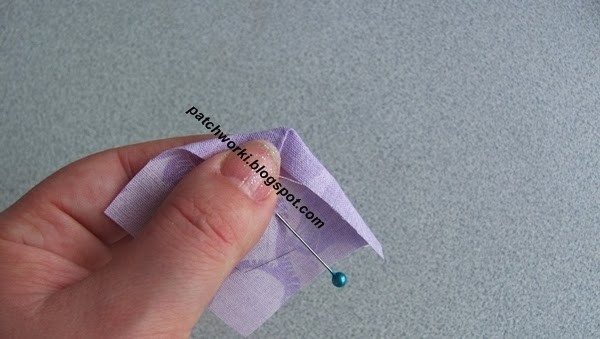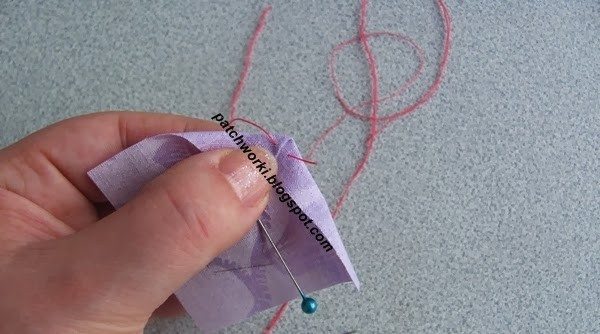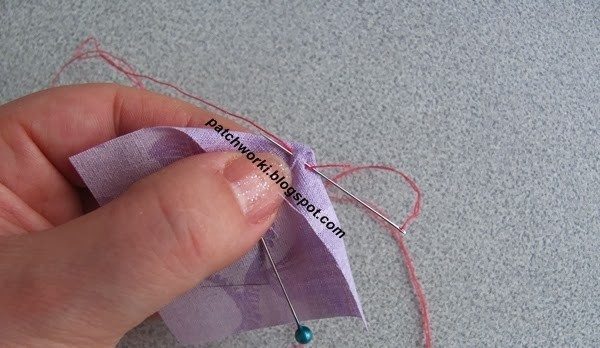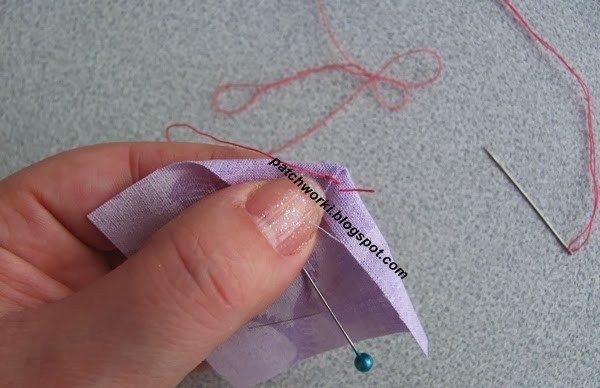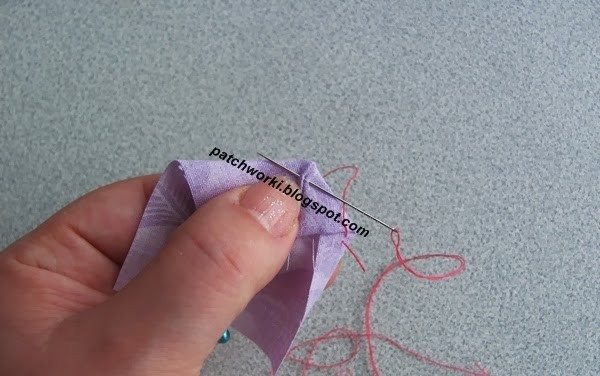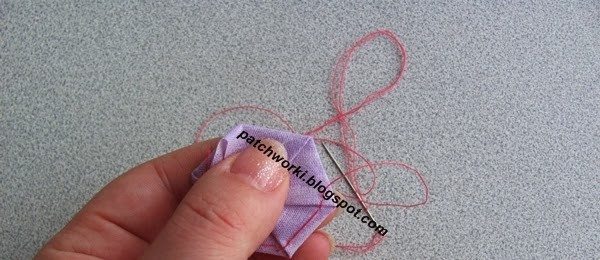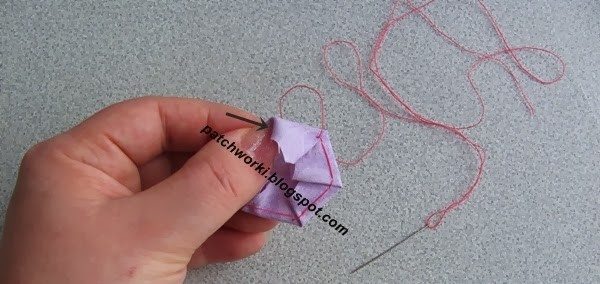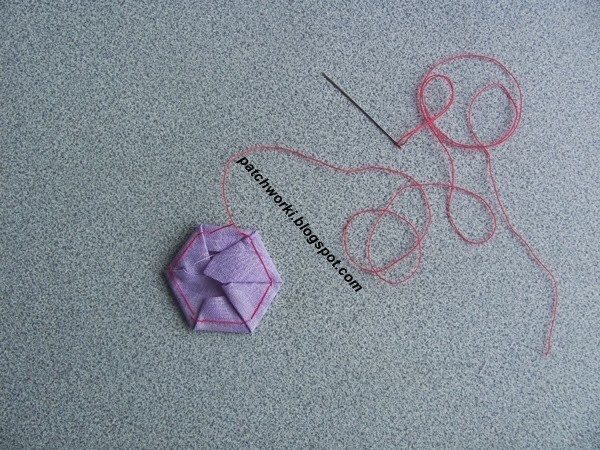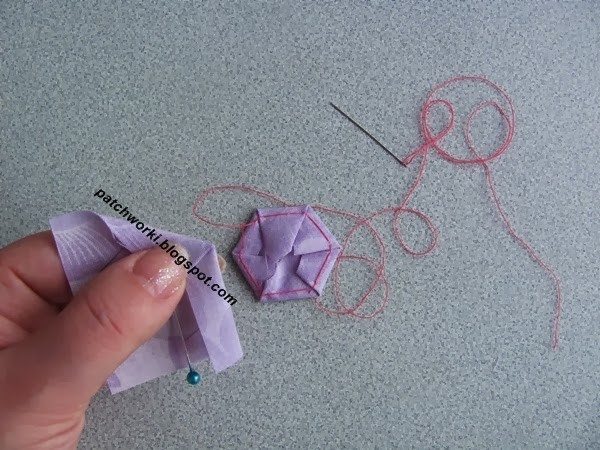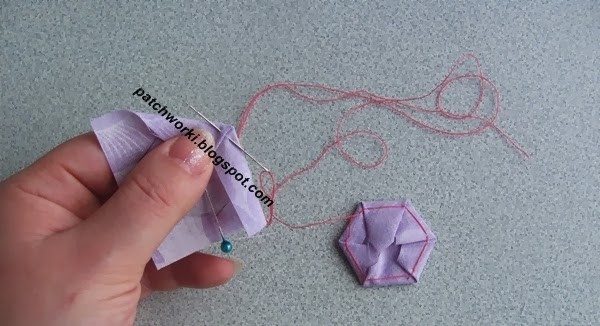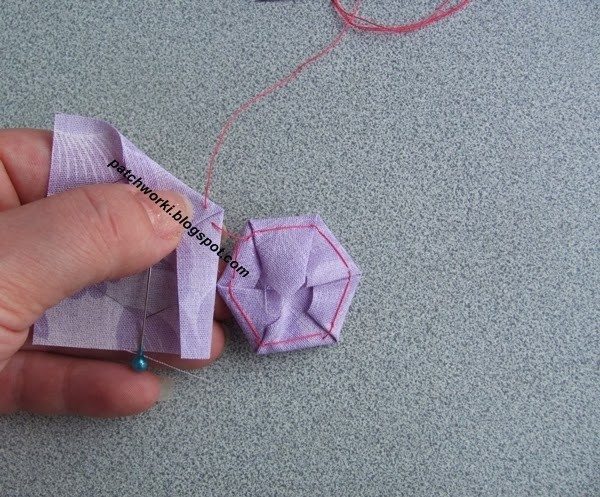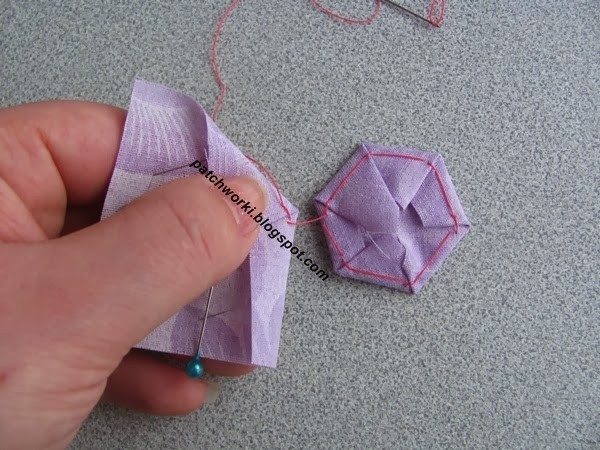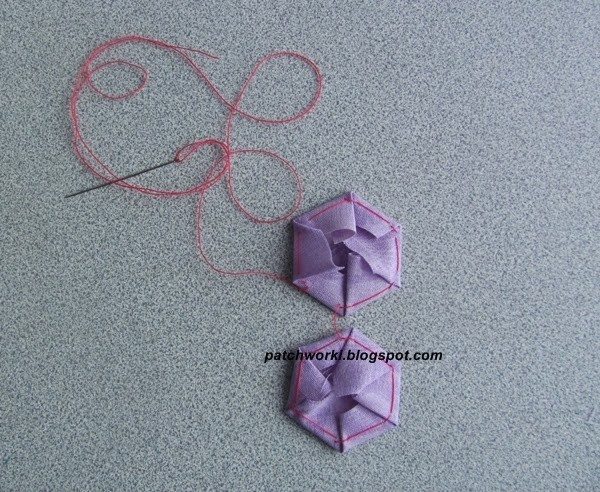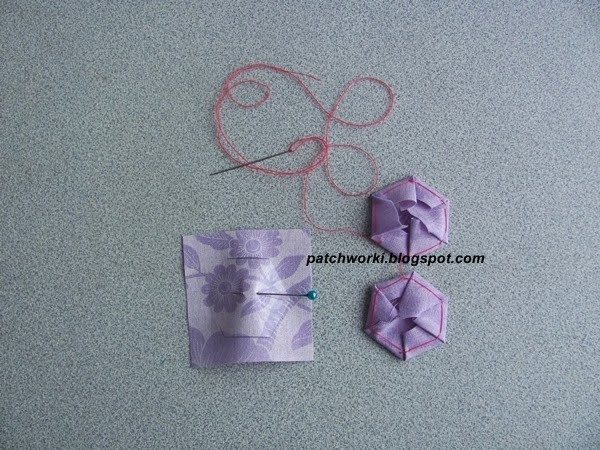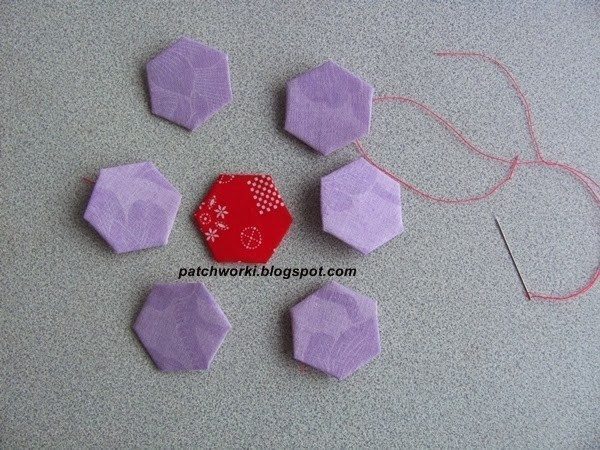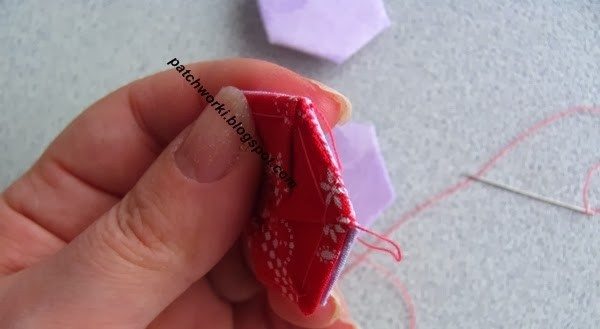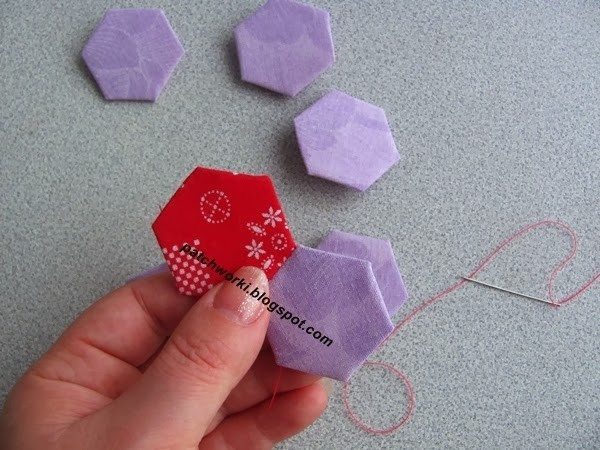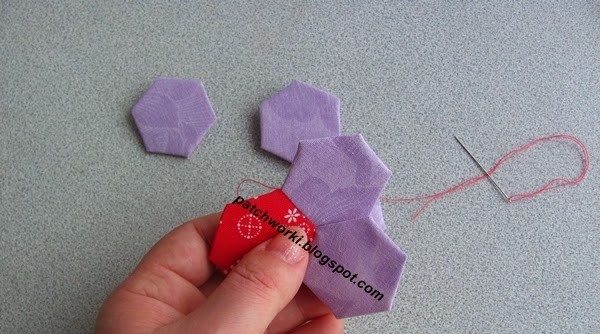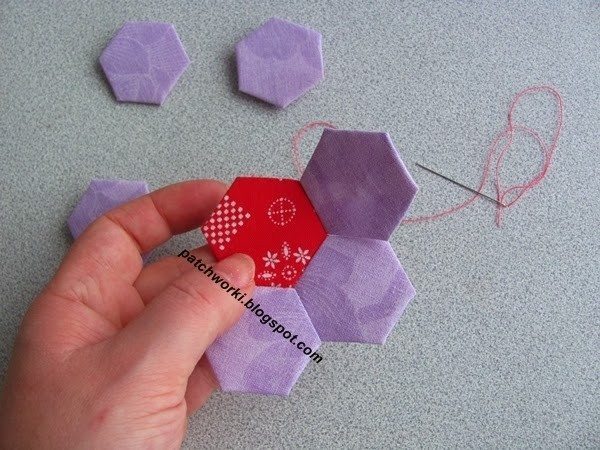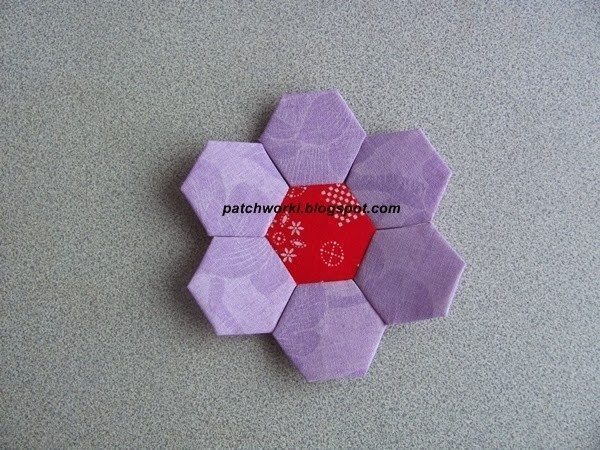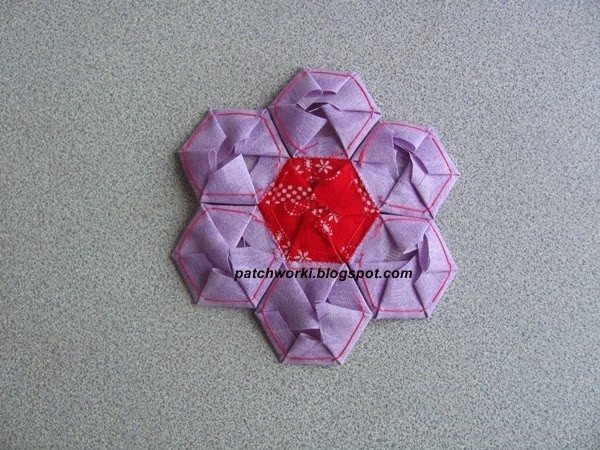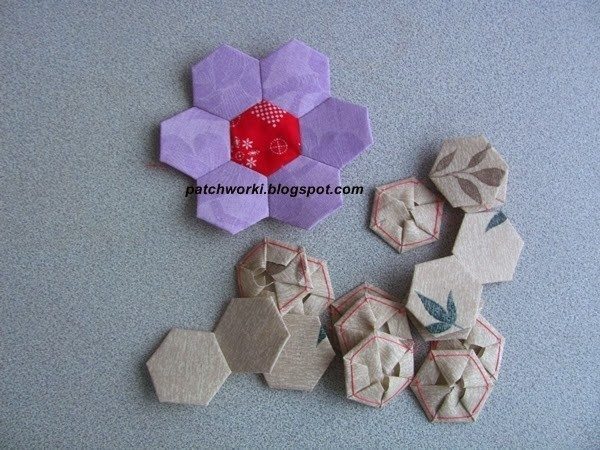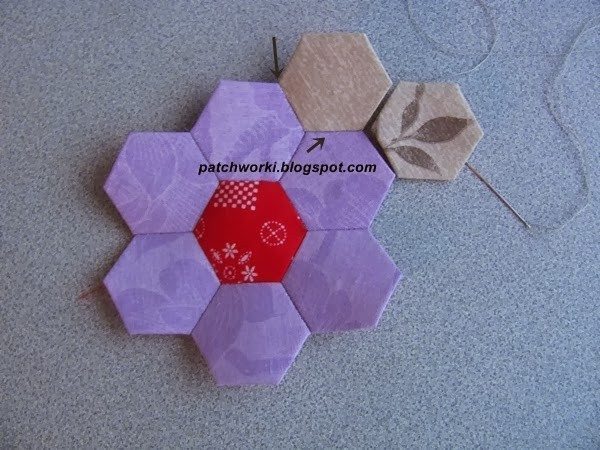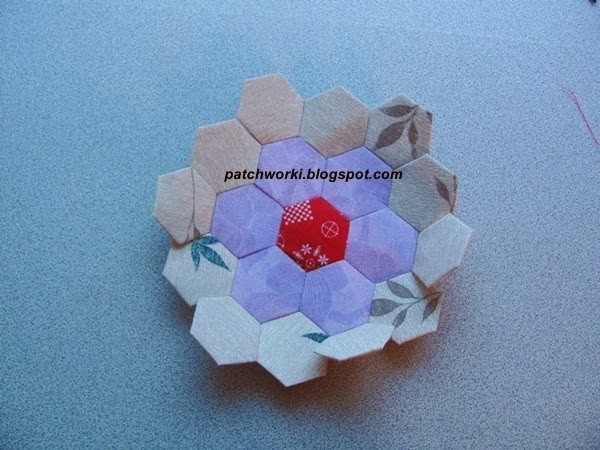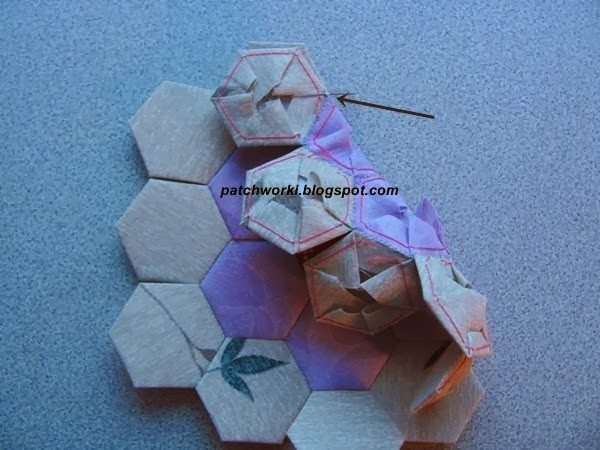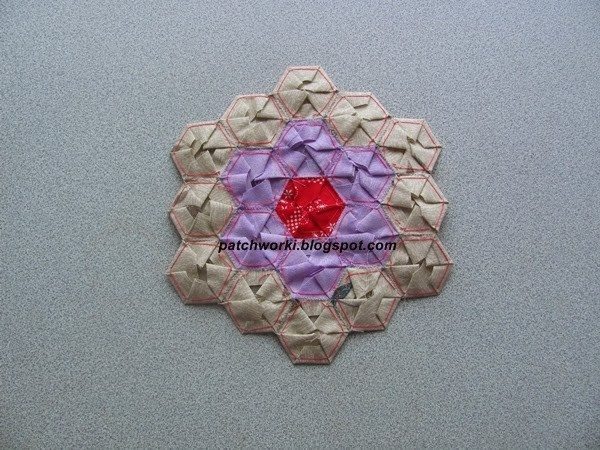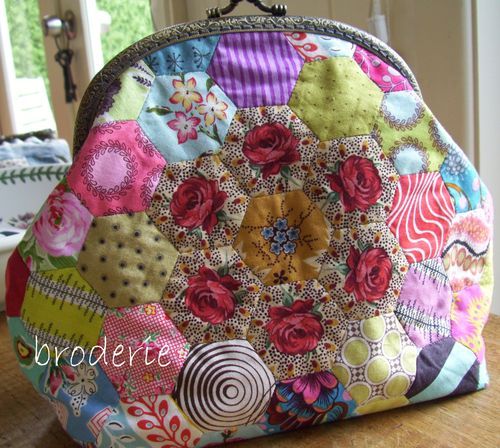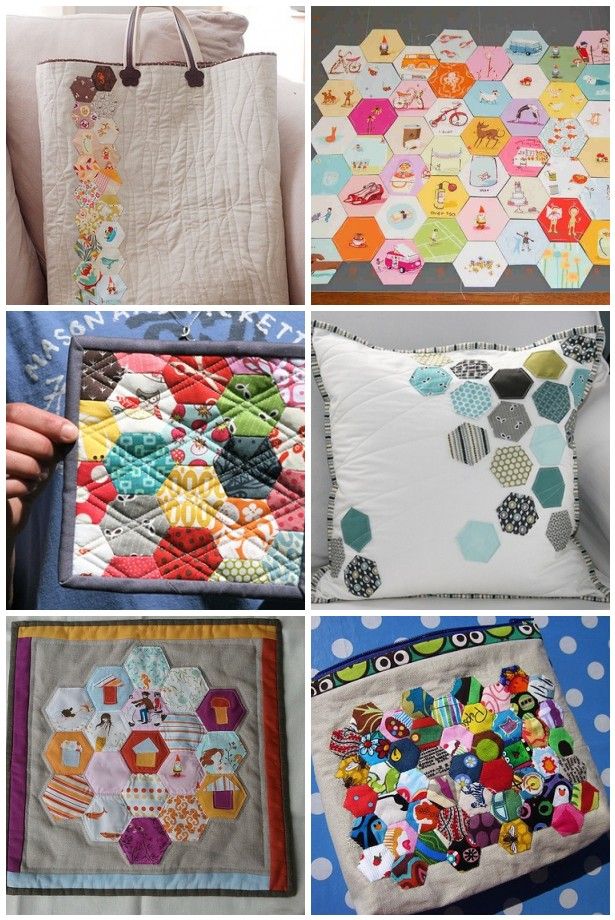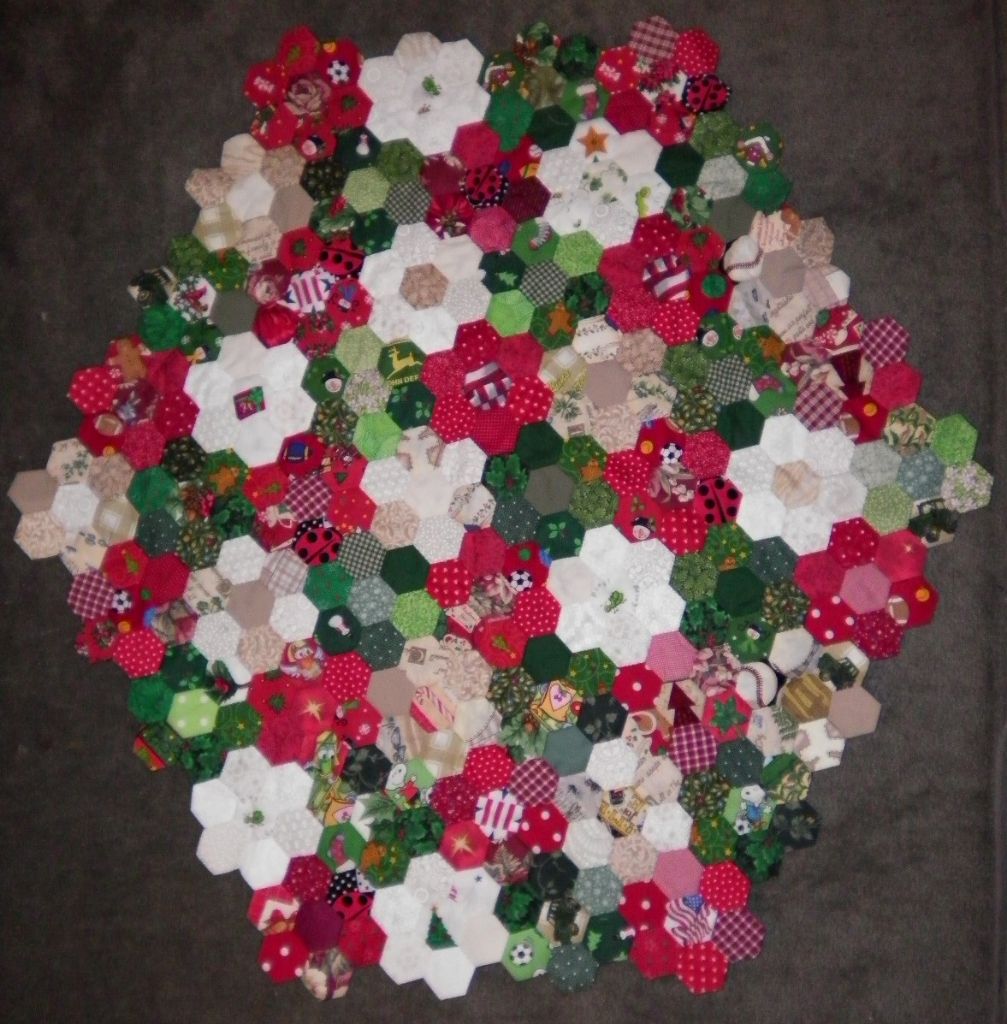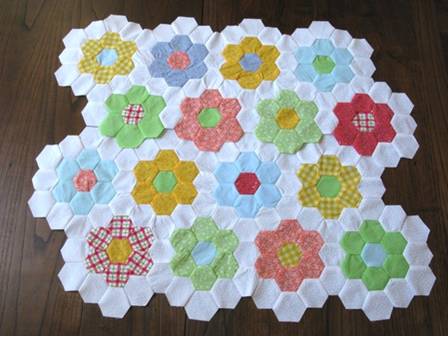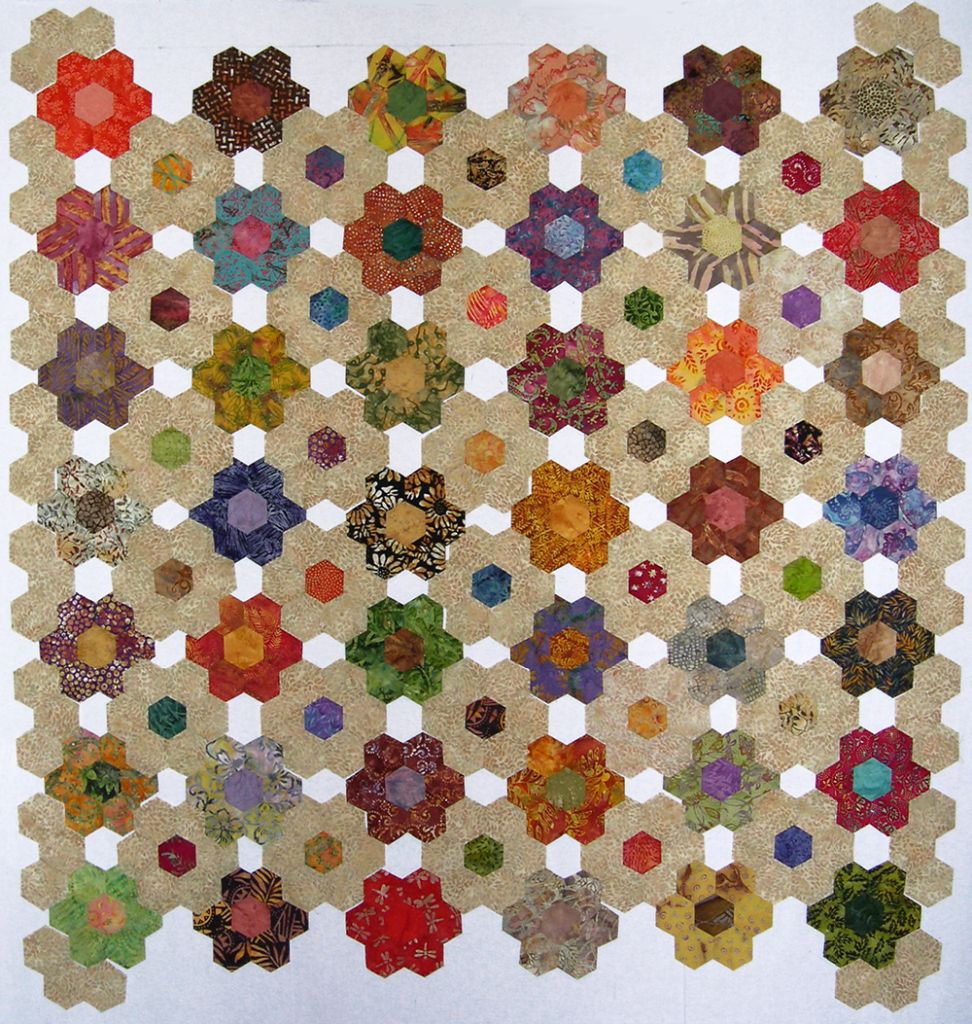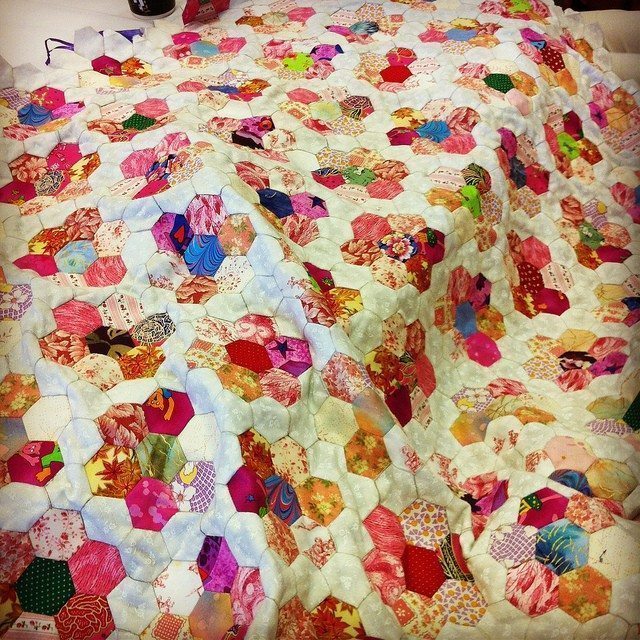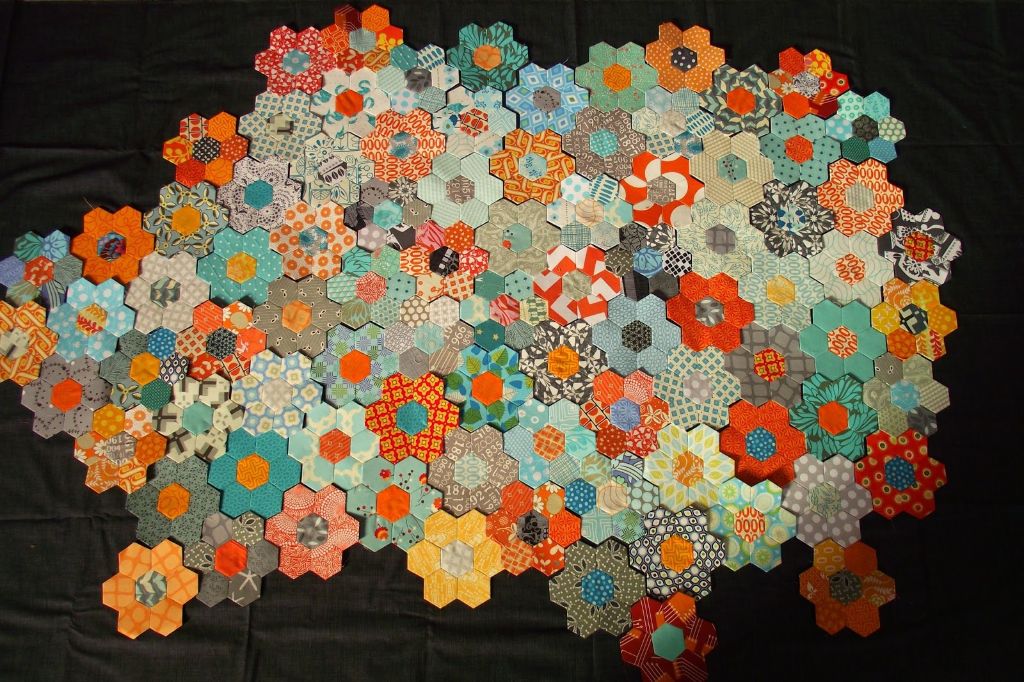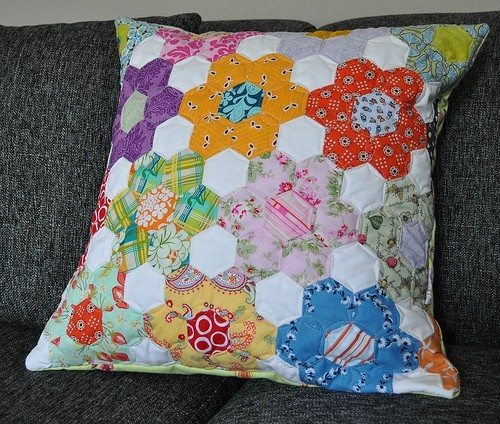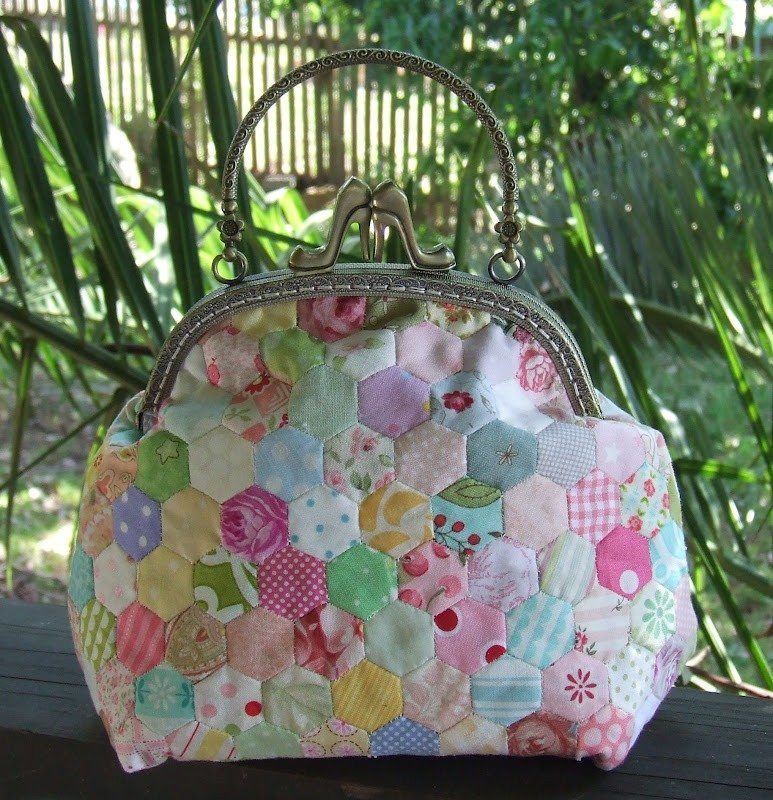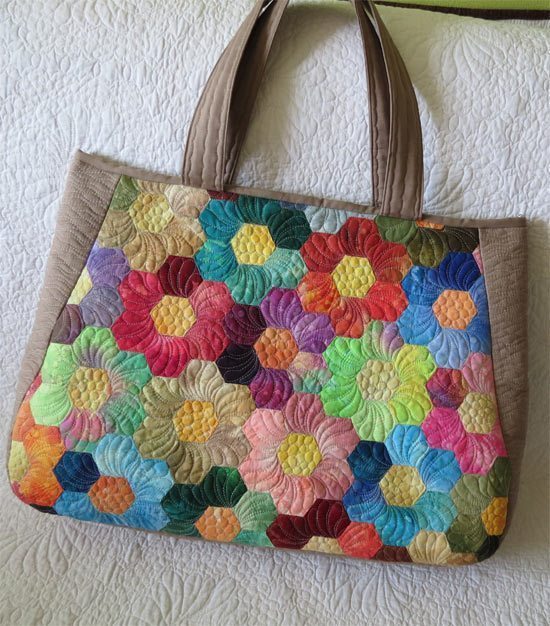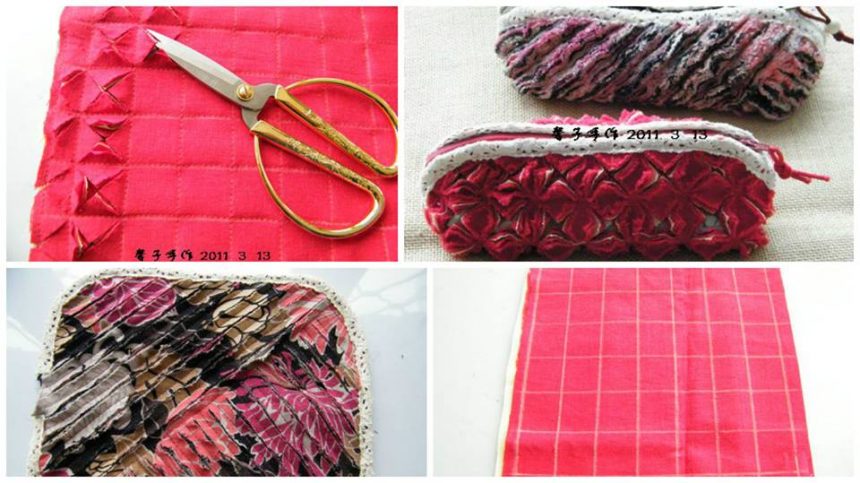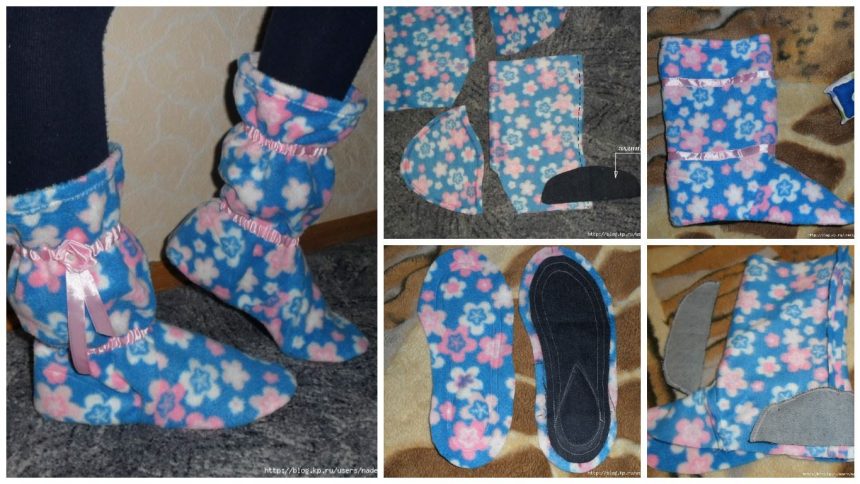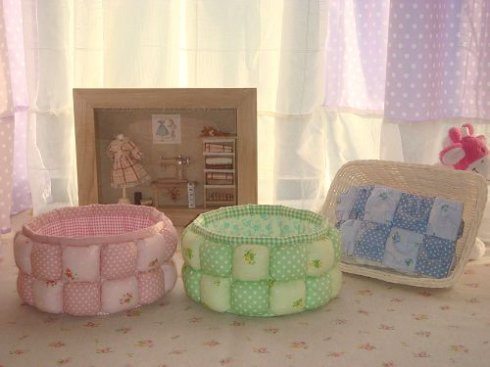

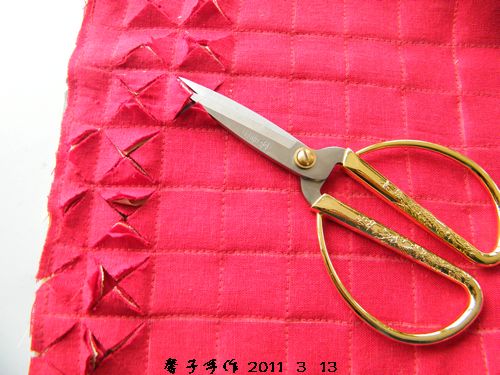
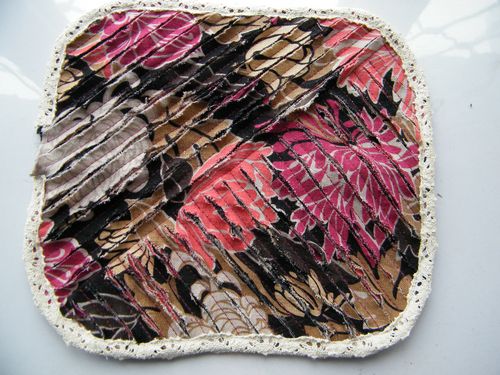

How to make patchwork pillow – Step By Step
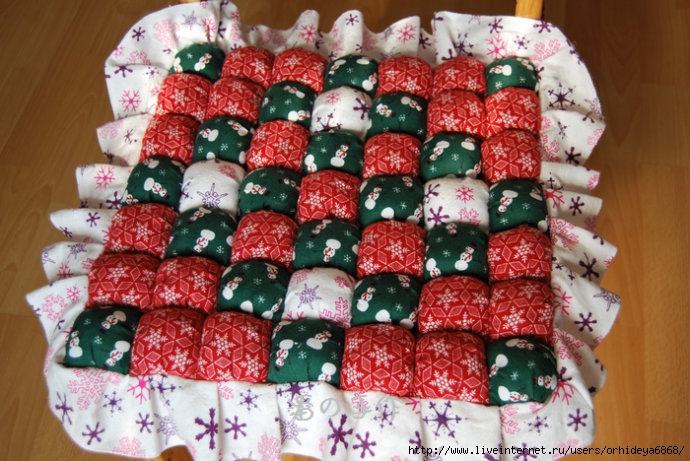


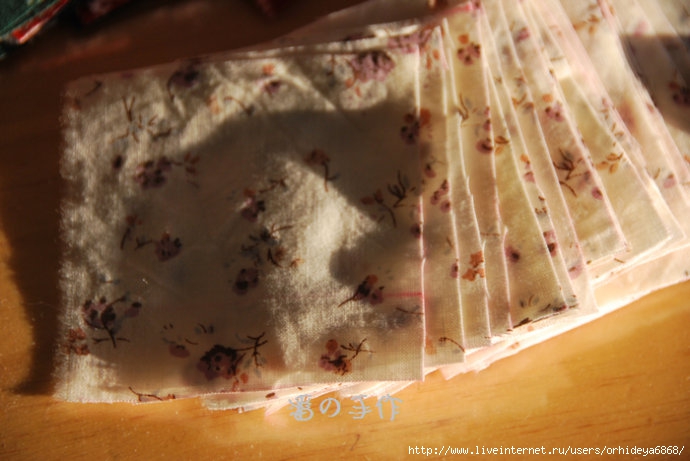
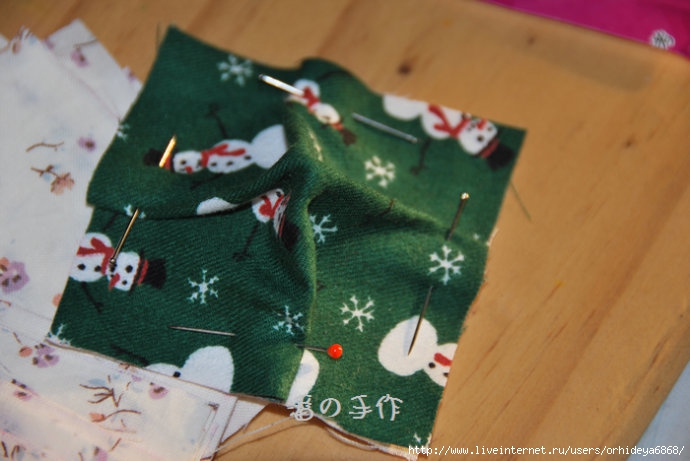
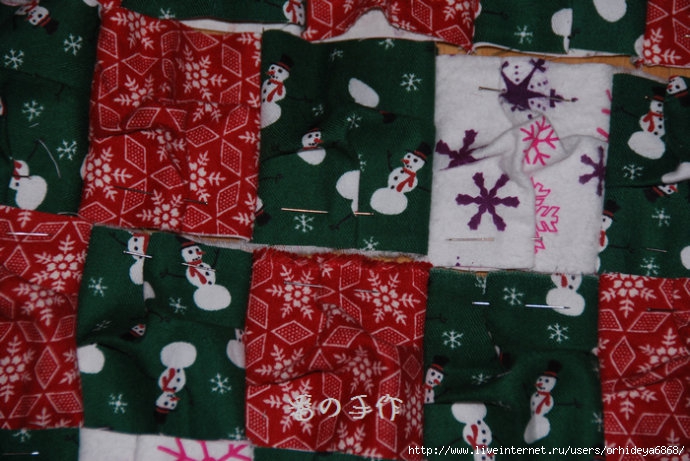
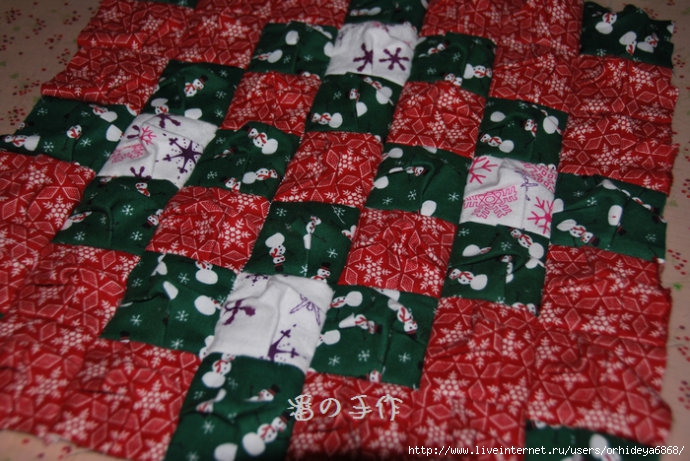


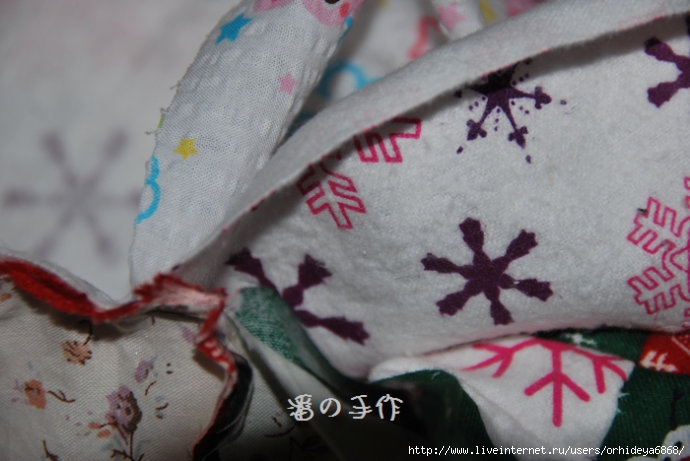

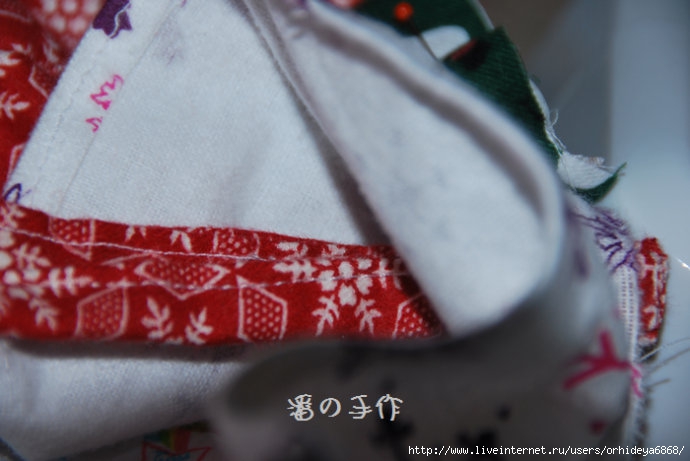


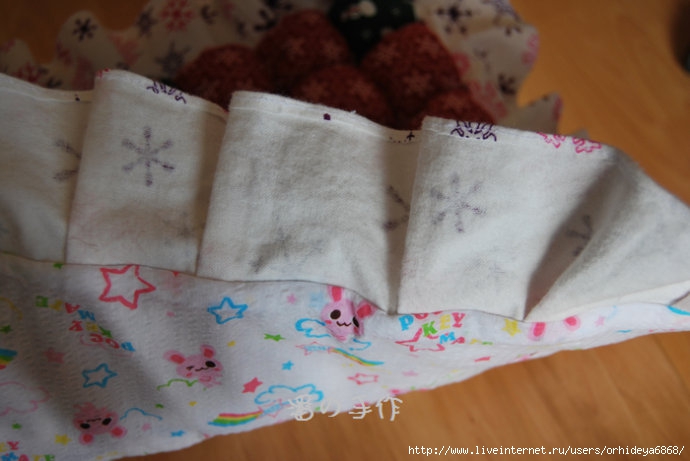

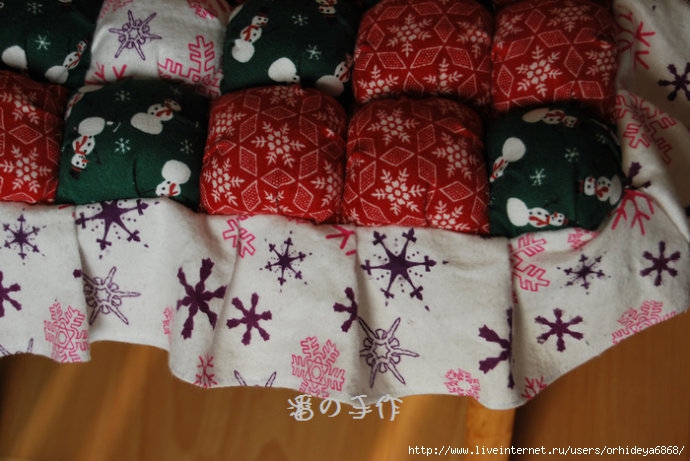
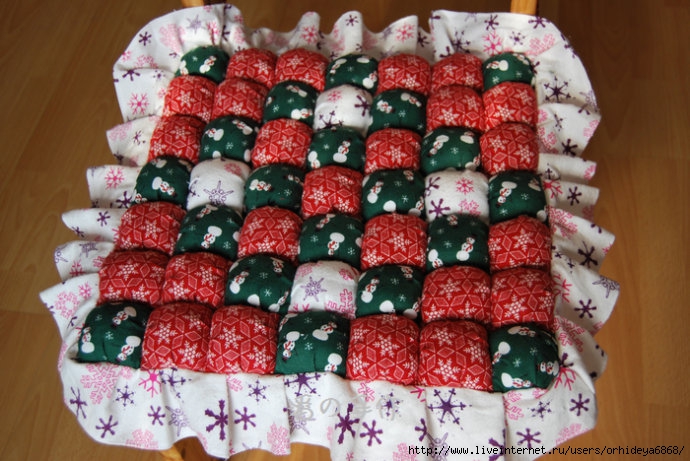
How to make beautiful home boots
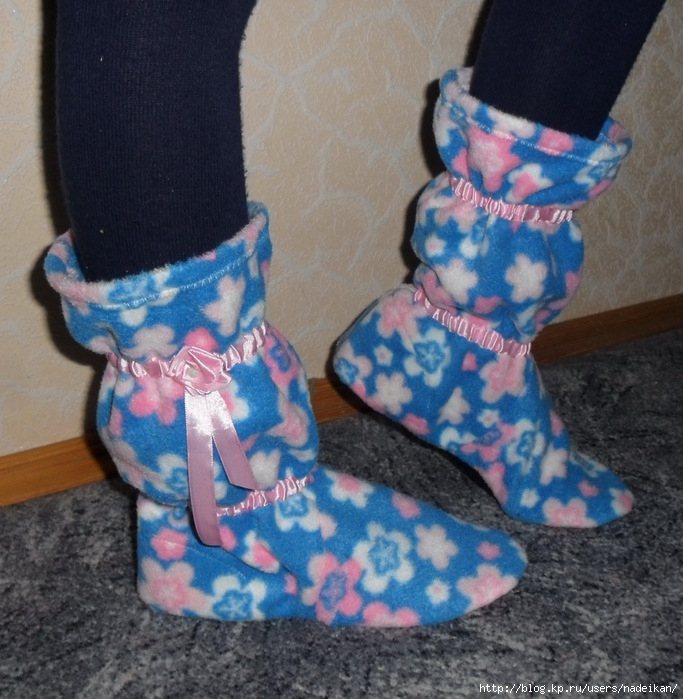
NEED FLEECE CM 40-50 (depending on the foot size and height of the boots)
boots I sewed unlined HERE FOR SUCH Pattern

Because the Fleece THAT VERY stretches across THEN equity should choose TAK.VYKROYKA WITHOUT PRIPUSKOV.DLINNA INSOLES – FOOT LENGTH IS PLUS 1 SM.STOPU SHOULD mete IN VIEW OF SERVING PYATKI.SAMA insoles will be duplicated SO THAT ITS POSITION ON FABRIC It did not really matter.
SO: cut out FLEECE TWO INSOLES mirrored with an allowance of 1 SM.DVA bootleg AND TWO SOYUZKI.A well as from a more dense tissue are two more INSOLES ALLOWANCE (I cut out of old jeans, this detail is necessary for stiffness and finds inside What will not be visible) and two more Insoles with allowance 1 cm from a dense fabric – THIS IS SOLE
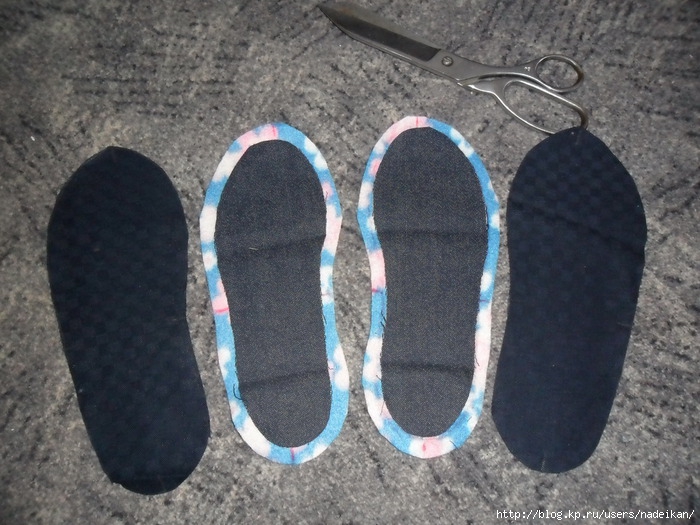
Whew should get
MORE sharing insole FLEECE AND FROM jeans and stitched by TYPING

PHOTO chalk to draw a “drop”, THERE I put sixteen .If stitching

Here’s what happened

I RESHILANEMNOGO STRENGTHEN THE FORM boots backs, also from DZHINSY.NA Photos show backdrops and about its location.

COLLECT vamp and bootleg, bootleg ON The sloping site makes a small incision
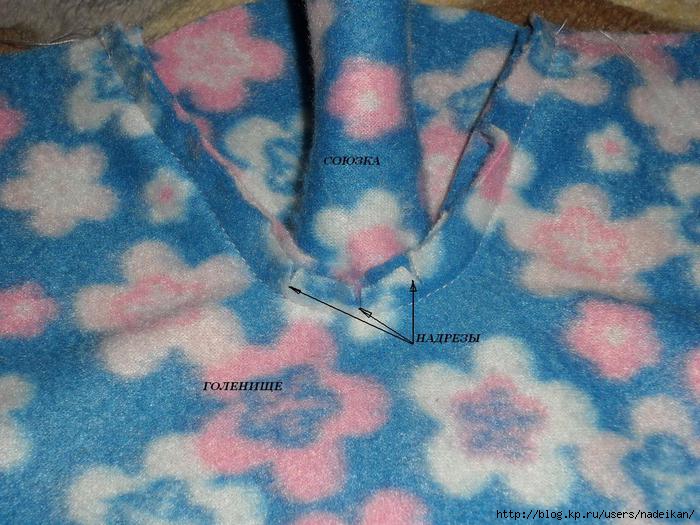
Fleece material is not “loose” so SEAM vamp and bootleg I DO NOT OVERLOCHILA .SSHIVAEM shafted along the back seam (ITS I do not OVERLOCHILA .no further this SEAM I divorce in different directions) but backs NEED OVERLOCHIT (Overlock for repair – I processed zigzags)
sewn backdrops

That’s how it looks like from the face and seamy side
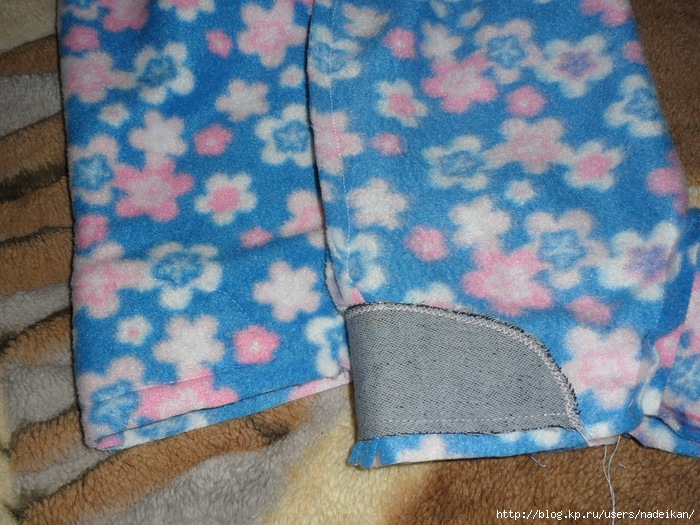
CONTINUE MY camera down, I have to disappoint … And you yourself speculation.
Stitched footbed with a sole folding (JEANS IN) and stitch the top (bootleg ankle) with the assembled sole (insole FLEECE TO BE READY IN boots) SEAM IN BETTER TREAT Overlock.
Since I seamstress nevazhnetskie, namuchalas With piping, decided to use a satin ribbon. .LENTU Sew at two places along the circle, two lines at the edges of tape (INSIDE is threaded GUM) PLACE WHERE TAPE “BEGIN” and “ends” better to do on the inside of the bootleg, OR WHERE WILL vdalneyshem sew TAPES AND DECORATIVE ELEMENT.NACHALO END following bent inward to NOT TOROCHILSYA.
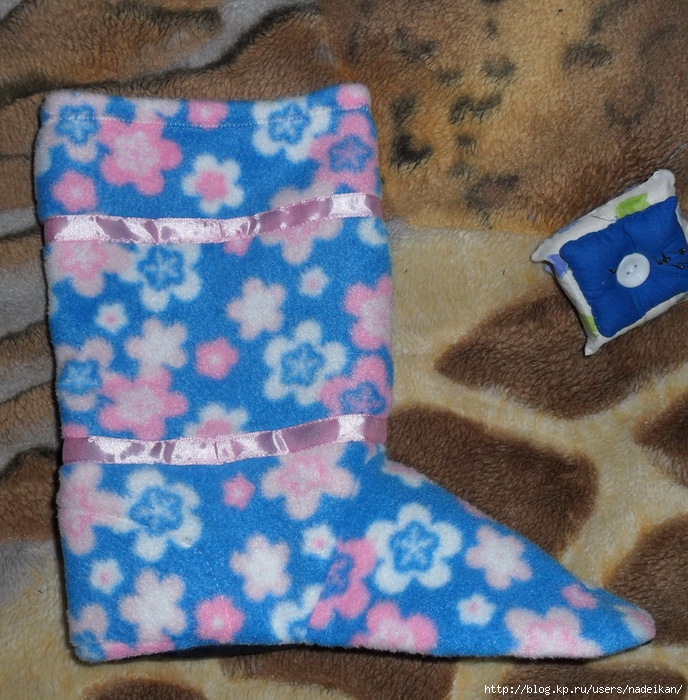
TOP I hem decorative stitches

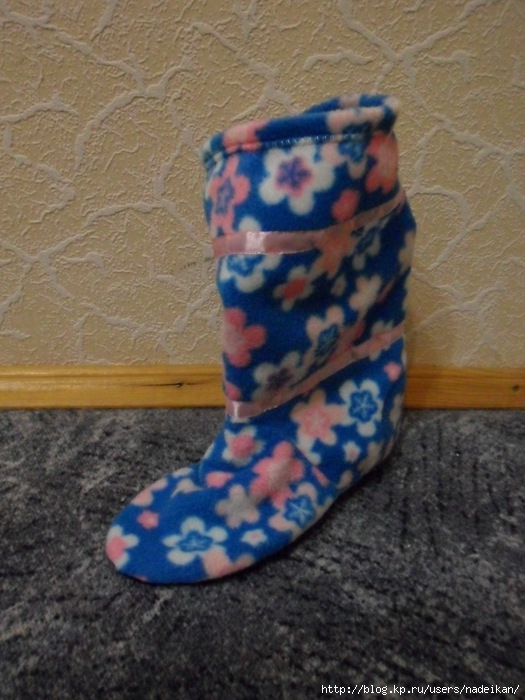
WELL IN GENERAL AND ALL .VSTAVLYAEM gum -PUGOVITSU add embellishments, ribbons and TD
can also SEWING lined, different heights, CAN USE other tissues.
I will be very happy if someone then this record will be useful.
How to make beautiful bag on a belt
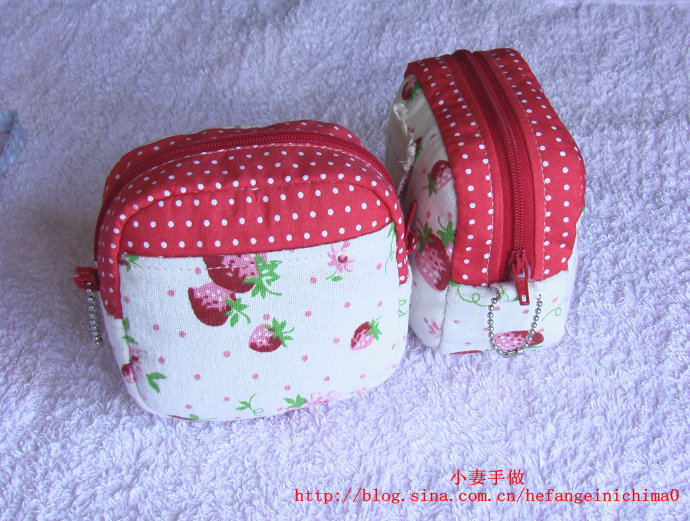

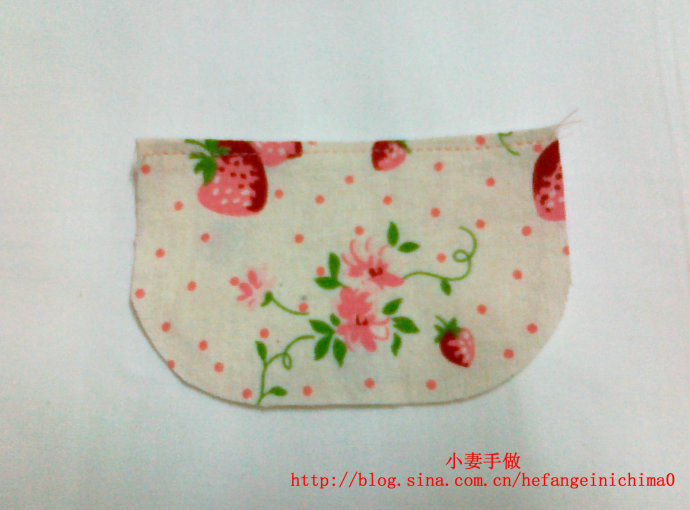
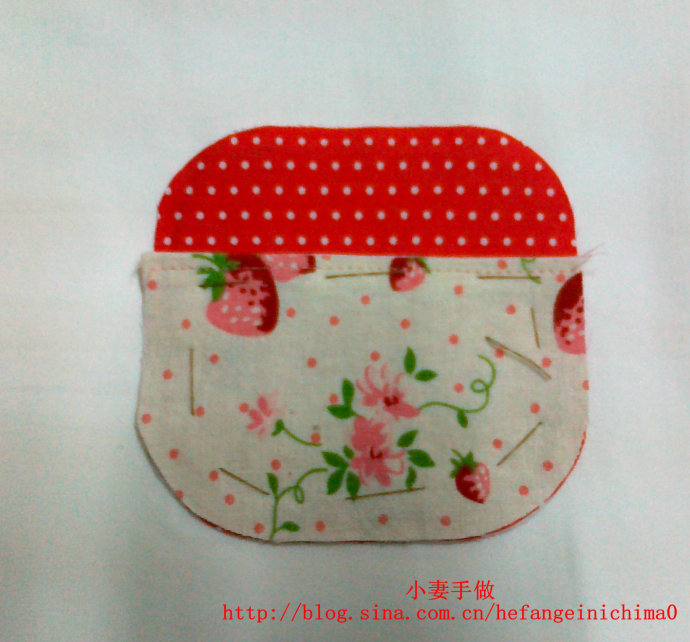
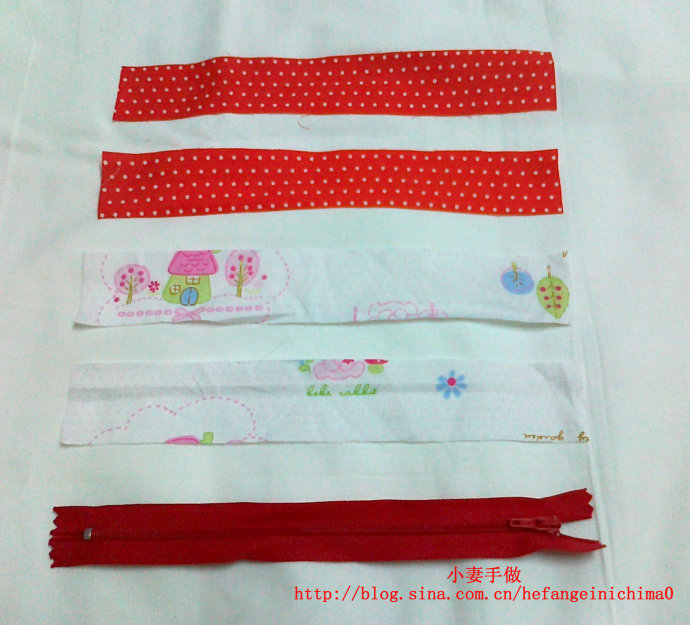



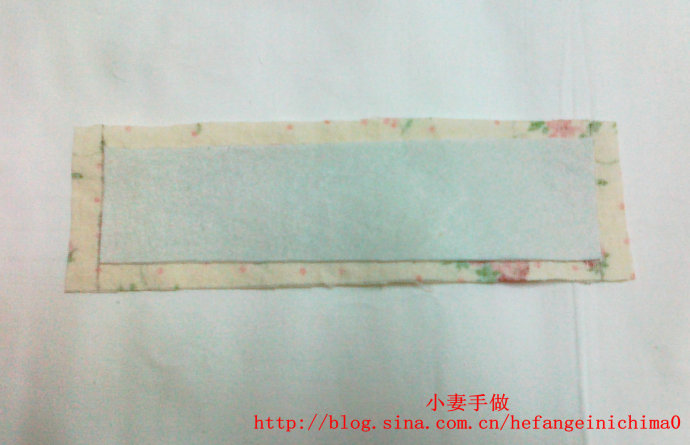
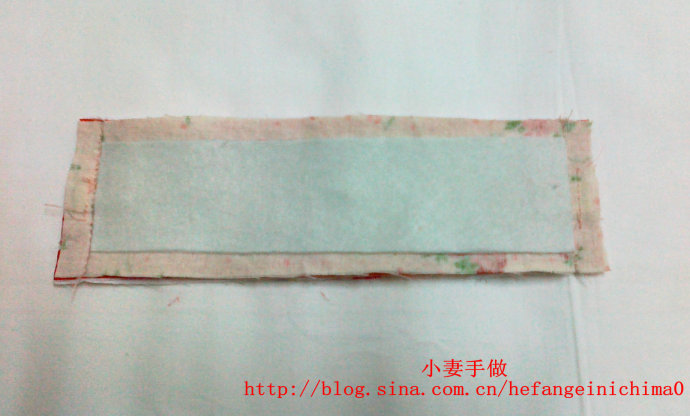
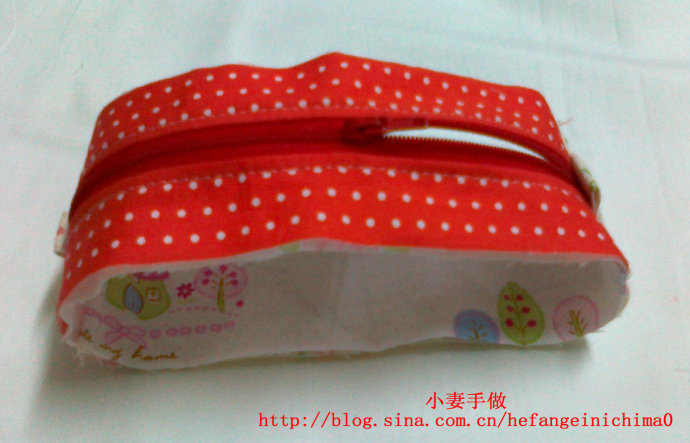
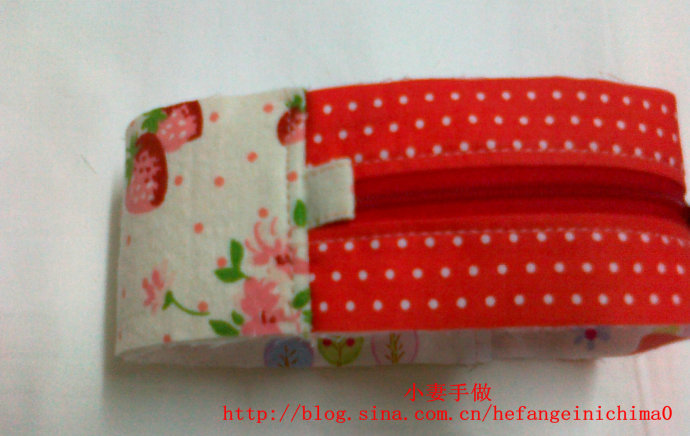
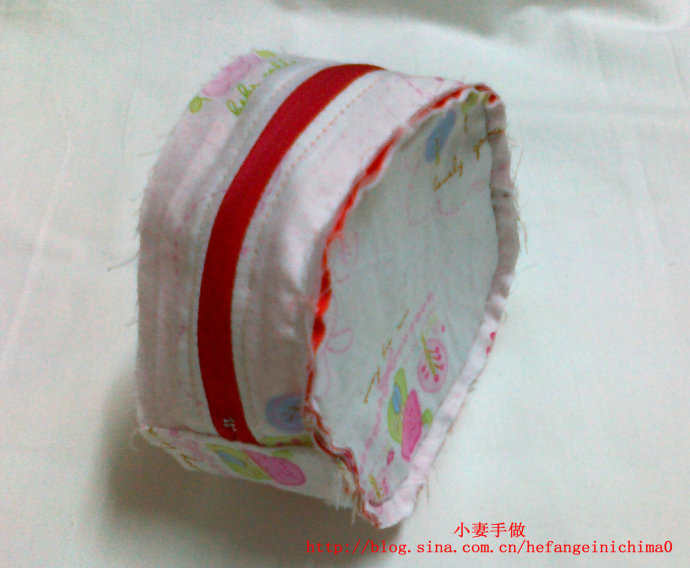
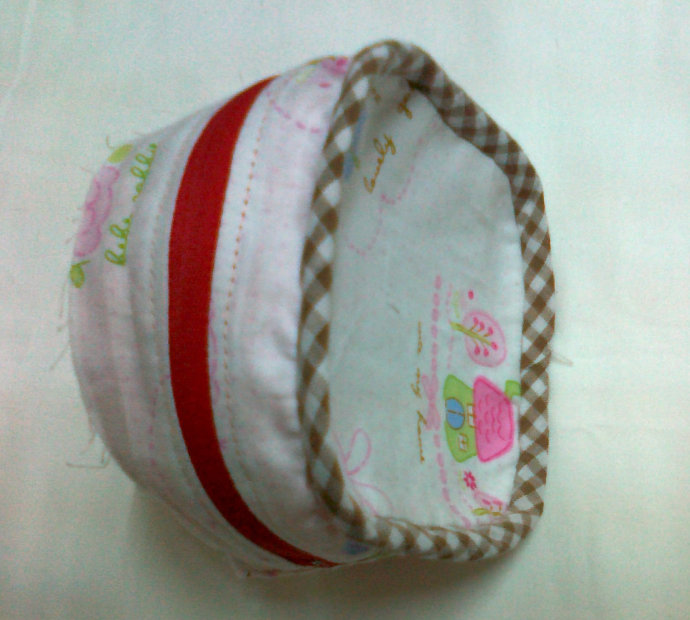
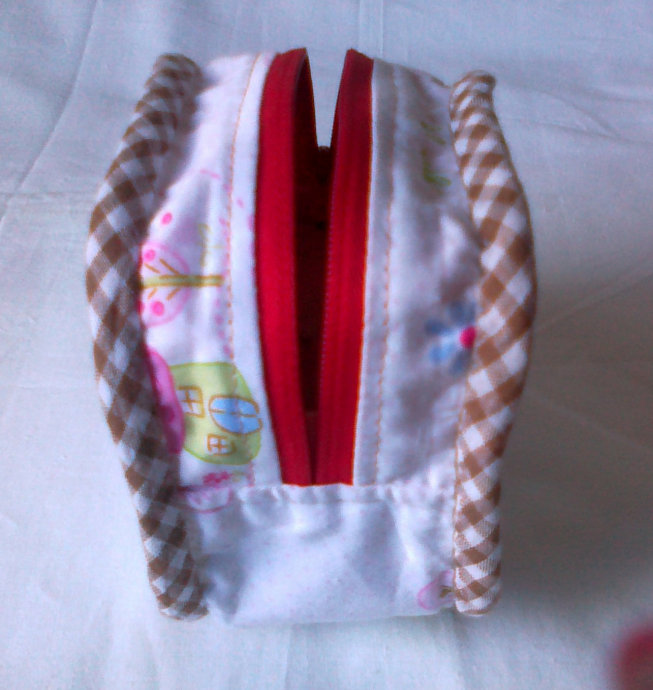
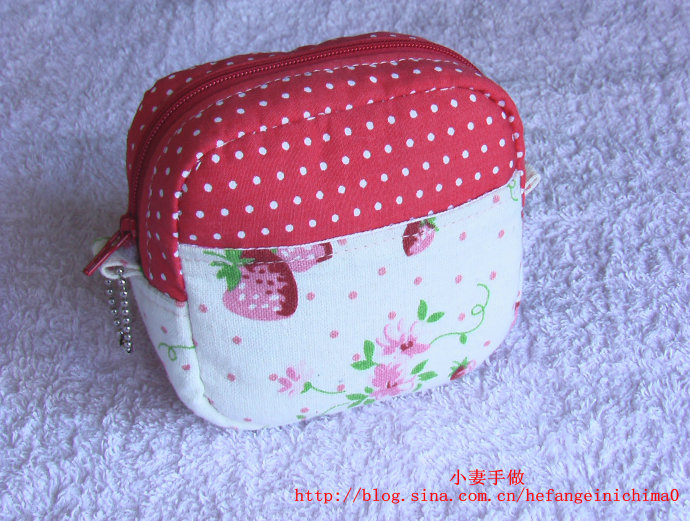
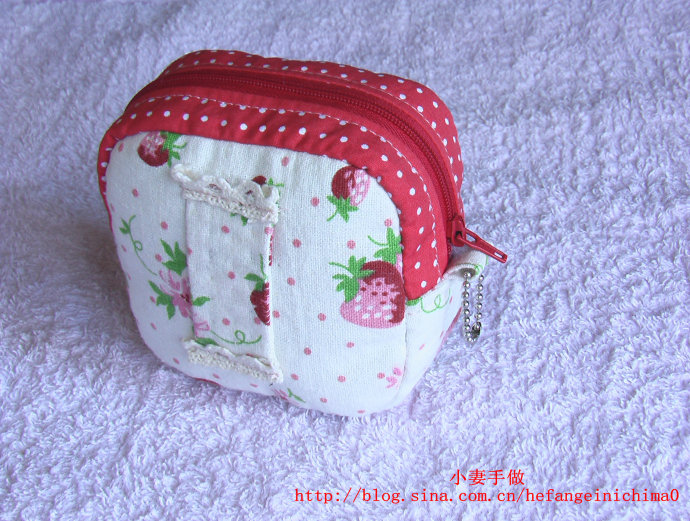
How to make organizer for the little princess – Step By Step
Let’s start with the fabric selection, which we need. I developed a custom interior, where the requirement was a combination of pink and light green colors.
We need: cotton fabric, soft and hard Dublin, cotton insulation and padding polyester, lace, satin ribbons and rep and, of course, all the sewing tools: scissors, ruler, centimeter, etc.

Let’s start with the basics organizer. Ready my pockets size – 13×120 cm, so we cut out with SEAM 15×126 cm rectangle from the heater and two rectangles of cotton.
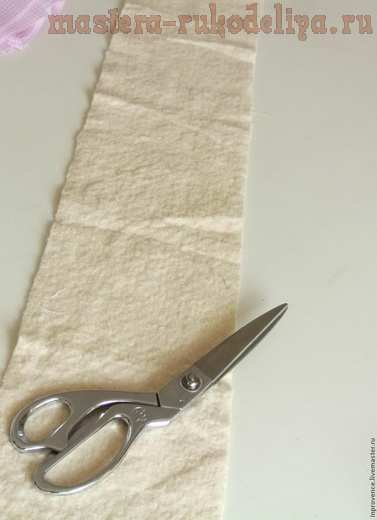


Then we put a rectangle of cotton face up to a heater, shear pin and sew on the machine around the perimeter with an allowance of 1 cm from the edge.

Postpone our billet in the direction and take over the production of pockets. 5. I’ve got two of them 15×20 cm and 23×20 cm three volume.

In order for our pockets in the finished product to keep the shape, I glue them tight soft Dublerin using iron.

Getting to the decor of the first two holders. They will be with hearts. Because I desired tissue cut out 2 squares of about 10 to 10 cm and sealing their hard Dublerin.
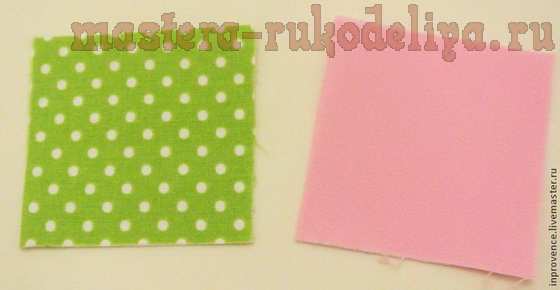
Then, I draw a heart pattern and translate it to the wrong side of the squares.

Cut hearts, and I get kind of application.
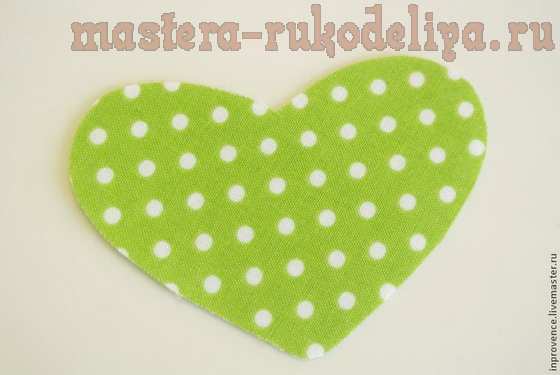
I put my heart right in the middle pocket and stabbed with a pin. Then I put a line on the zig-zag with a very small step and obmetochnym stitch sew heart to afford, while still pristrachivaya pleated lace. If you are a beginner or are not confident in their abilities, then you can first tack lace and only then stitched heart on a typewriter.
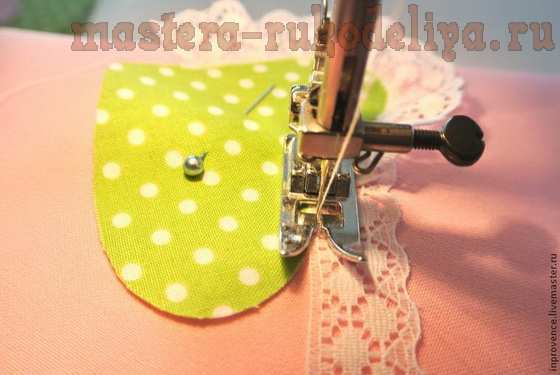
Here’s what I got:

Then I tie a small bow of green satin ribbon, burning the edges and sew by hand to the heart.
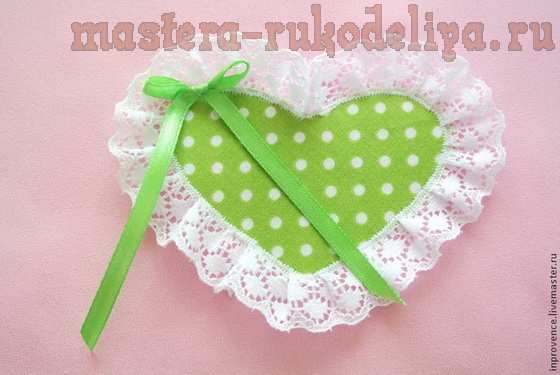
Edge will treat pockets, satin inlay on the bias.
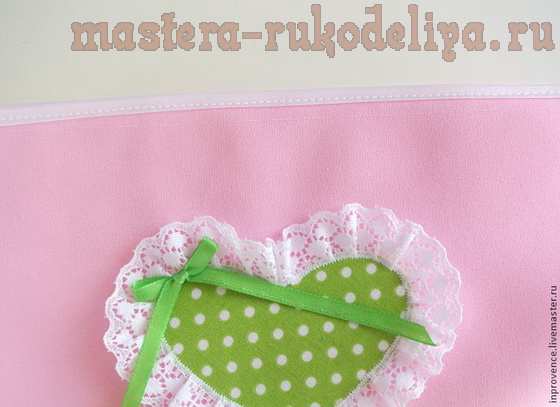
One pocket is ready. Getting to the second. Here a little easier, we just sew heart to the tissues without lace.
And that’s what we get:

Next to the upper edge of the pocket sew lace, putting him in the fold.
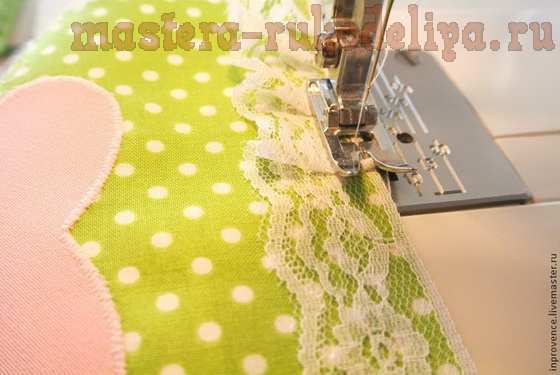
And as close inlay cut on the bias.
That’s what we get:
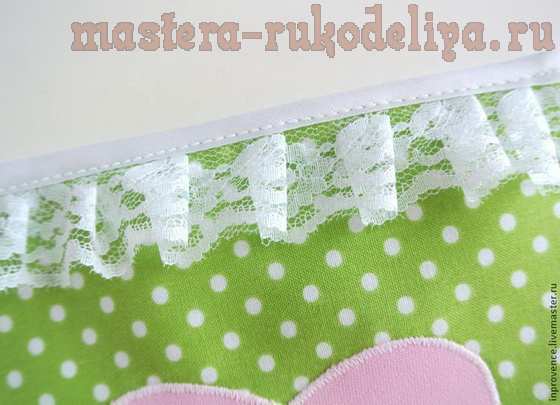
Getting to the other pocket. To me it was easier, I put all the strips of fabric, lace and ribbons to approximately know which strips where to apply.

Previously I handled all sections of the strips under the serger
Getting to the third pocket. The treated green fabric strip length is twice the width of the pocket sew lace 0.5 cm from the edge.
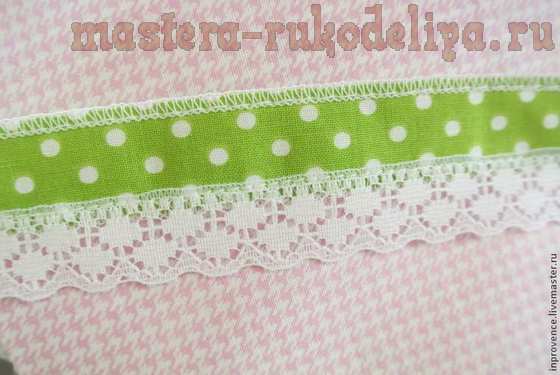
Then I collect r: first laid at a typewriter with a long line of steps, and then tighten to the desired length. This procedure I will make all stripes, so in the future I will omit it.
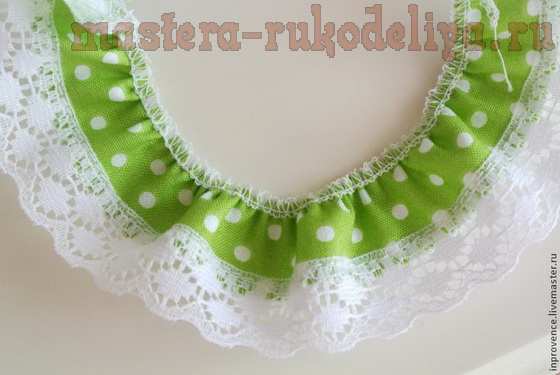
Sew stepping back from the edge of 0.5 cm.
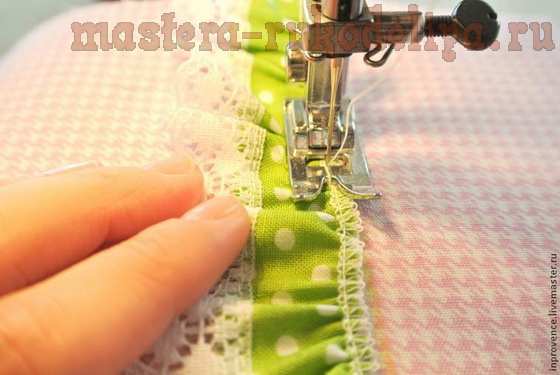
Over sew ruffles lace stitching zig-zag so as to cover the cut ruffles.


Handle inlay cut on the bias.
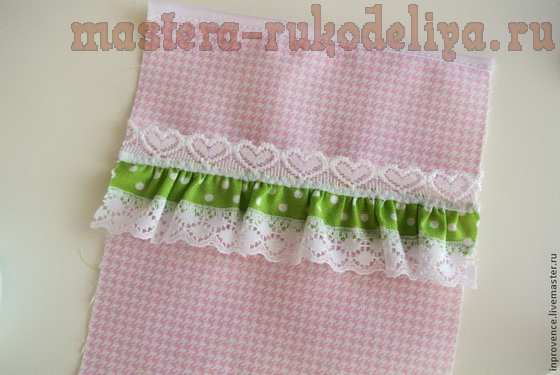
Getting the following two pockets. We produce the required number of frills and lace fabric.

Next, using a ruler and chalk mark the band, which will be placed ruffles, depending on their width. The width of the strip mine was from 3 to 5 cm. Pay attention to the width of the strips should be such that each upper almost covers the upper edge of the bottom frill that was not visible place.

Sew ruffles, starting from the bottom.
In this pocket I kept away from the top 2 cm from the top of ruffles + 1.5, visit the hem edge.
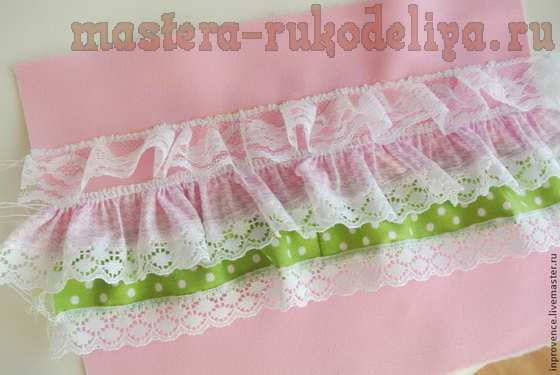
Then cut the clothesline gum equal to the width of the organizer, ie 15 cm.

Close the elastic double hem and sew it zigzagged, pulling parallel.
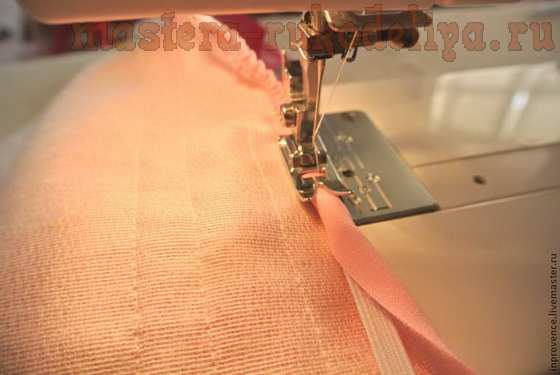
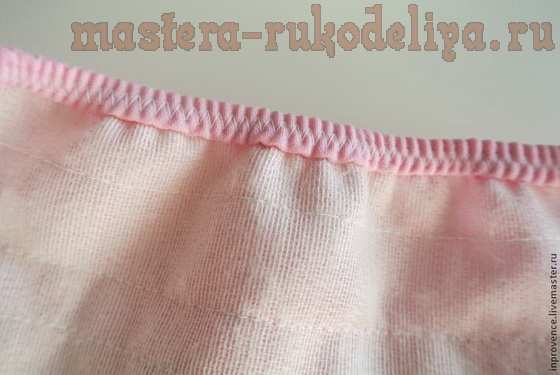
Ready pocket is gathered from above.

By the same principle we do a second pocket, but here I use a large number of bars and top stitched lace 1.5 cm from the edge in such a way that after the hem lace was on the edge of the pocket.

We sew the elastic exactly as in the previous one pocket. Only now we will have lace on the edge.
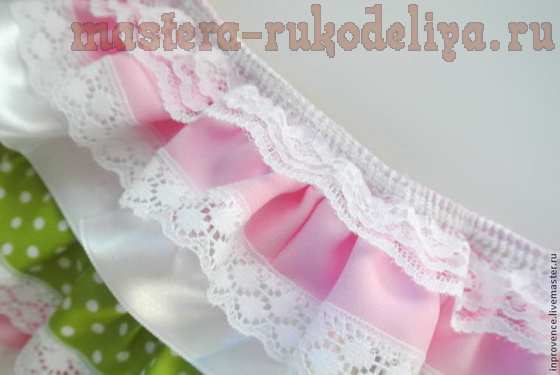
Well, all of our pockets ready. Now we take the basis of organizer pockets and decompose in the order that we like the most. The photo shows that there are pockets that are wider than the base.They need to be prepared.

To do this, stabs folds with pins, stepping back from the edges of the 2 cm. At the very crease I pledge to 4 cm on one side. This will be the volume of our pockets, it can do on your own a little more or less.

Then, based on lay off 5 equal portions and draw a line, which will be secured our pockets. I retreated from the bottom 5 cm and bases noted line at a distance of 23 cm from each other.
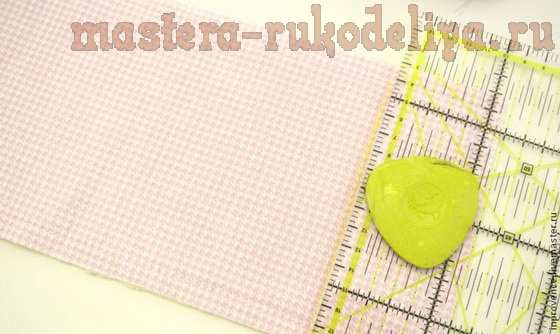
Applies the pockets to the selected strips treated edge downwards organizer vvezh underside.Stabbed with pins and sew pockets to the base, with an allowance of 1 cm.
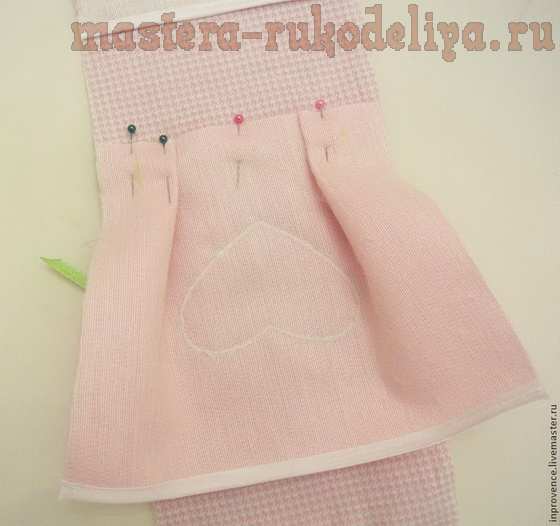
Then turn down pockets stitched into position, stabs edge pins and stitched by all organizer perimeter edge pockets.

In pockets with ruffles trimmed with scissors cuts, sticking out from the sides.
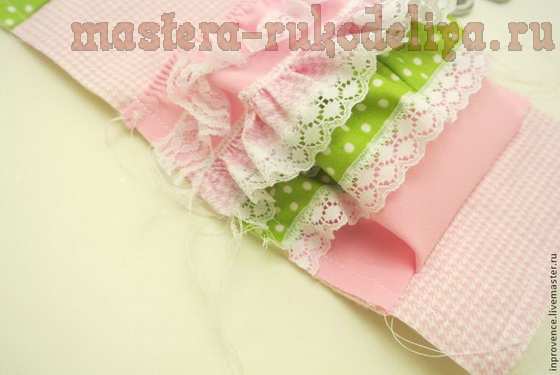

Then take a second strip of cotton, puts her face to “face” the organizer and pinned down, most often fix the pins are the places where there are voluminous pockets. This stage requires accuracy, meticulously, the fabric should not move or stretch. The newly stitched by the organizer on the perimeter with an allowance of 1 cm, leaving the top edge for eversion.
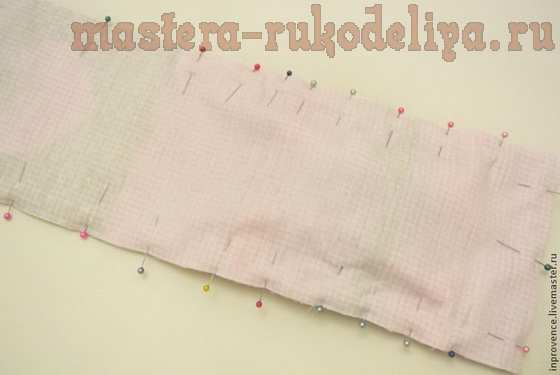
Next wrenched organizer and sew up the top slice. Then sew ribbons rep, who will be suspended for the organizer, buckle edge and sew it
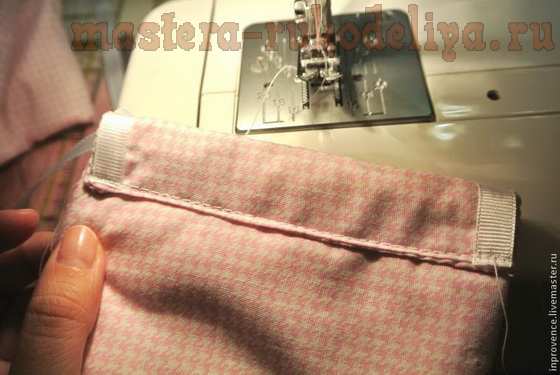
The resulting insert piece aluminum tube or rail, or thicker wire, or even the old line – all that you will have at your fingertips, it is pre-sawed off 12-cm length. A firm foundation is necessary for us to ensure that the organizer is not formed at the hanging.
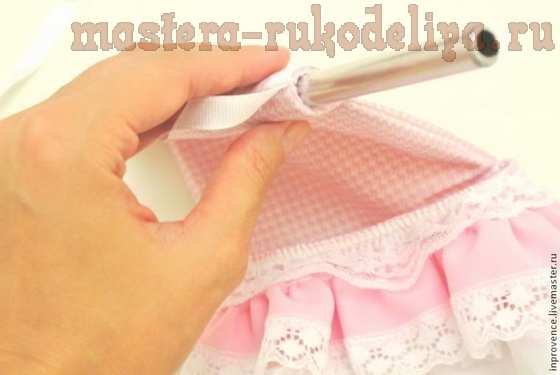
Already ready organizer casts a critical eye, and add the necessary touches. I have this satin bows on the pockets. I wanted to add here.
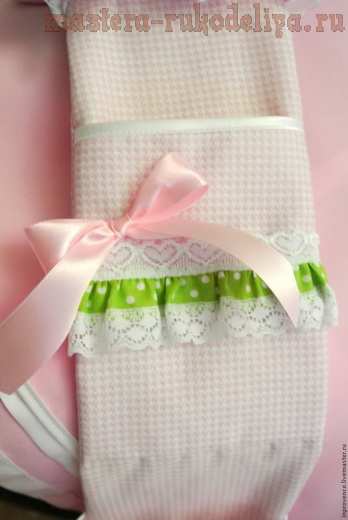
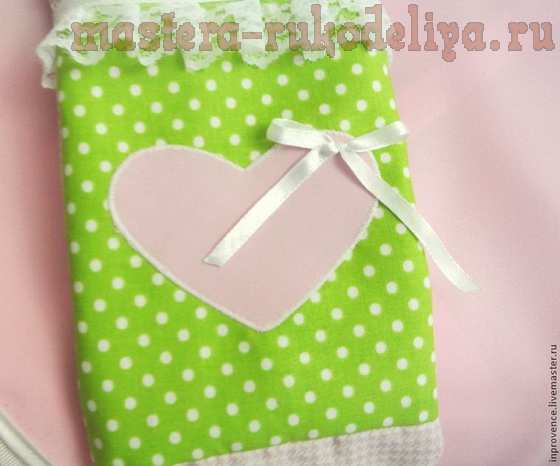
Ready organizer especially on the side folds pockets and enjoy the result!
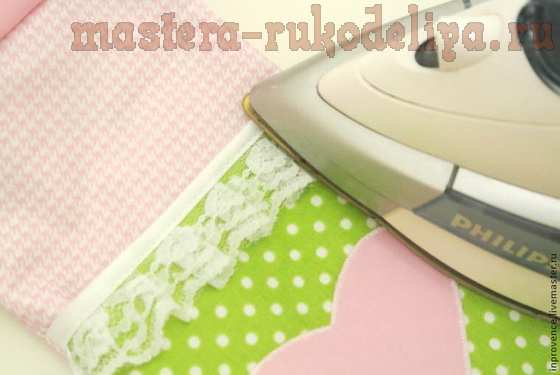
For his pockets I sewed another textile hearts.
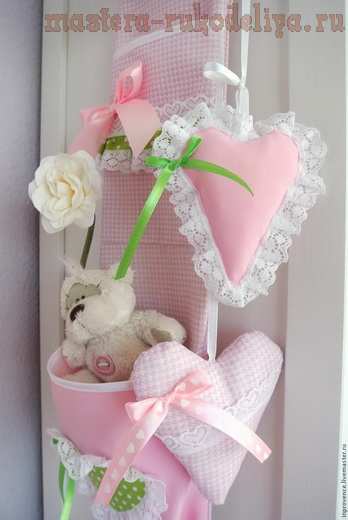

I hope you enjoyed the master class, and there are fans of the business who dare to repeat the feat with numerous bows and ruffles.

Beautiful Handmade Dress for girls
Beautiful dress for girls
Children’s fashion did not lag behind the adult, and the proof of this – many magazines, making children’s clothes. Many moms start to sew in the decree, both want to dress their child cheap, and thus – original. If you – one of those moms, you will enjoy a class on how to make a dress for girls tulip. It is very simple and looks unbanal!
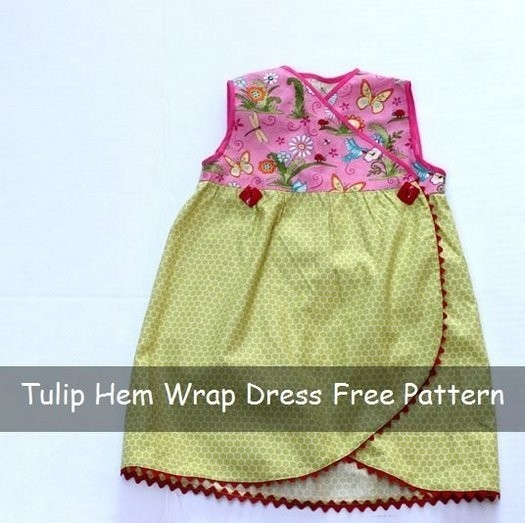 For the manufacture of children’s dresses you need: two cutting cotton in different colors, red wavy rim, two decorative buttons (bigger and brighter than the standard), thread, scissors, pins and sewing machine.
For the manufacture of children’s dresses you need: two cutting cotton in different colors, red wavy rim, two decorative buttons (bigger and brighter than the standard), thread, scissors, pins and sewing machine.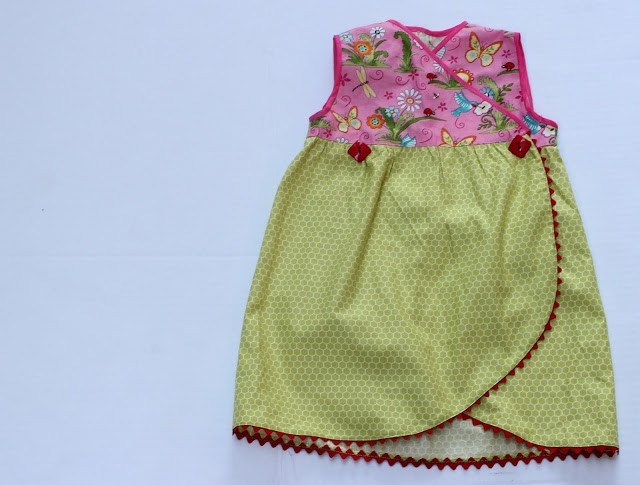 Everything starts with the bottom of the dress – the skirt. Carve out a rectangle of fabric long enough to skirt was not your babe in tight. In length, too, decide for yourself: ideally, the dress should be at the knee or slightly nizhe.Slozhite rectangle for the skirt half.
Everything starts with the bottom of the dress – the skirt. Carve out a rectangle of fabric long enough to skirt was not your babe in tight. In length, too, decide for yourself: ideally, the dress should be at the knee or slightly nizhe.Slozhite rectangle for the skirt half.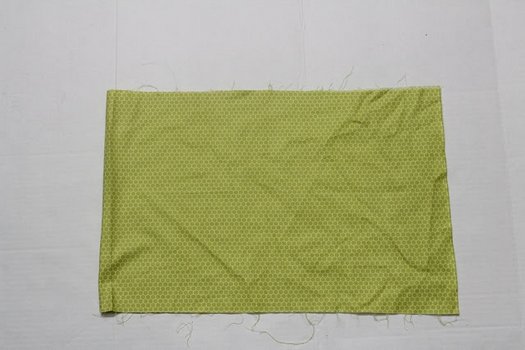 Cut angle in two layers of dress: make it rounded. Even here you can see the details of the future tulip: rounded corners and it will flower petals.
Cut angle in two layers of dress: make it rounded. Even here you can see the details of the future tulip: rounded corners and it will flower petals. The bottom and side edges of the skirt next bend double to wrong side and Stitch.
The bottom and side edges of the skirt next bend double to wrong side and Stitch.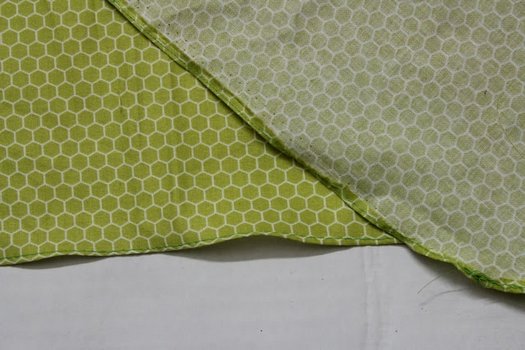 Also sew on all sides except the top-line skirts, wavy fringe. You can also use the lace or ruffles.
Also sew on all sides except the top-line skirts, wavy fringe. You can also use the lace or ruffles.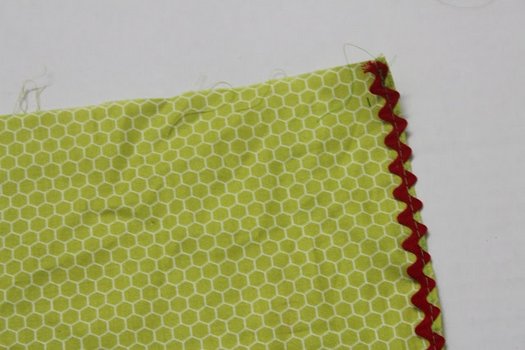 You can sew the hem so that on the front side only the side of the teeth.
You can sew the hem so that on the front side only the side of the teeth. Now you need is gathered top line skirts or gum paste into it. How to insert a rubber band, you probably can guess, but is gathered – a little more complicated. Dvadly necessary to bend the upper edge and stitch it, and then strung on a thread and pull it. Try to pull off so that the skirt then covered another little princess!
Now you need is gathered top line skirts or gum paste into it. How to insert a rubber band, you probably can guess, but is gathered – a little more complicated. Dvadly necessary to bend the upper edge and stitch it, and then strung on a thread and pull it. Try to pull off so that the skirt then covered another little princess!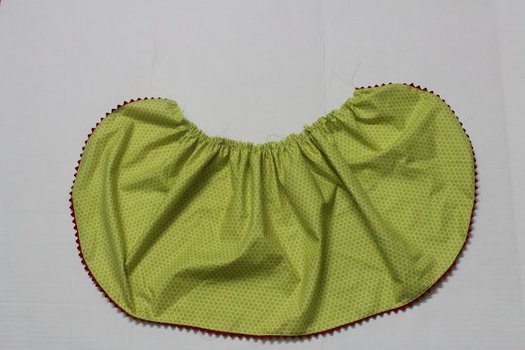 Cutting parts for the upper part of the dress. Pattern is the easiest, because children’s clothes do not need recesses. To carve out a piece for the back and two (in mirror image, with an oblique smell) – for products forehand.
Cutting parts for the upper part of the dress. Pattern is the easiest, because children’s clothes do not need recesses. To carve out a piece for the back and two (in mirror image, with an oblique smell) – for products forehand. Fold the back and from the front halves face to face. Secure with pins in several places.
Fold the back and from the front halves face to face. Secure with pins in several places.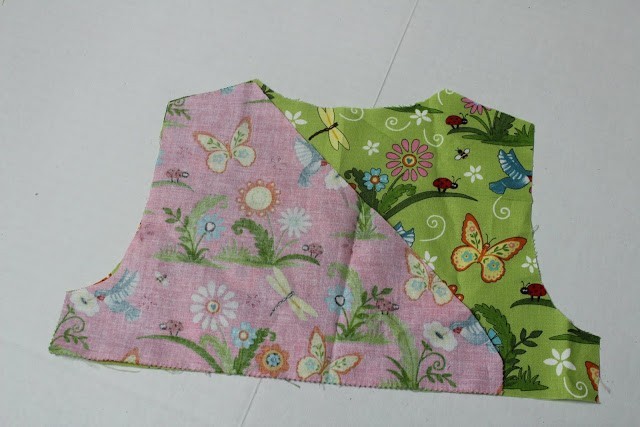 Stitch the side seam and the shoulder. Similarly, do the second and the front half. Remove the top of the front side and try to wrap halves Perda one after another.
Stitch the side seam and the shoulder. Similarly, do the second and the front half. Remove the top of the front side and try to wrap halves Perda one after another.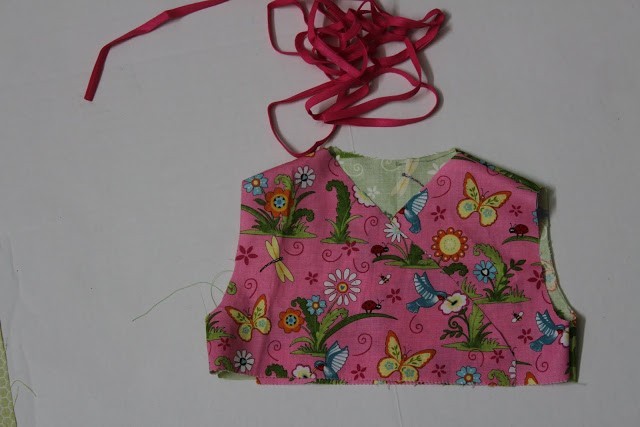 On the bottom line of the upper part (this also applies to the back, and the two halves of the forehand) stitched edging out of the ordinary or braid piping. It is more convenient to use a slash Bakey, as it is already perfectly folded in half and could well wrap the edge of the product.
On the bottom line of the upper part (this also applies to the back, and the two halves of the forehand) stitched edging out of the ordinary or braid piping. It is more convenient to use a slash Bakey, as it is already perfectly folded in half and could well wrap the edge of the product. The same border or bias binding obsheyte neck, which passes the smell in both halves forehand.
The same border or bias binding obsheyte neck, which passes the smell in both halves forehand.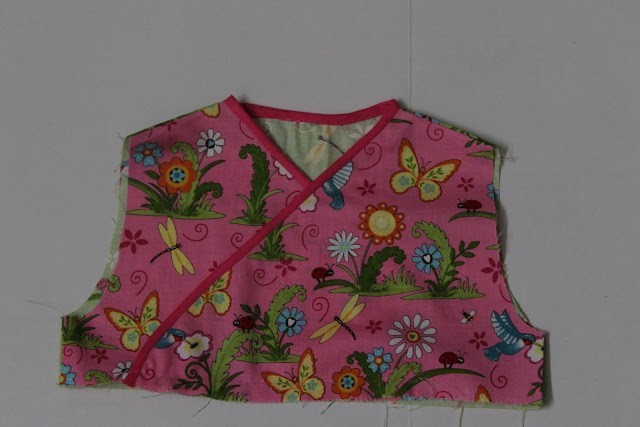 Now fold the top and bottom of the future tulip dresses together to faces were inside. Fix the joint tissues pins and then prostrochite dress. If we expand the product, it will look like an oval. However, little relief, because in places the sleeves fabric will stick.
Now fold the top and bottom of the future tulip dresses together to faces were inside. Fix the joint tissues pins and then prostrochite dress. If we expand the product, it will look like an oval. However, little relief, because in places the sleeves fabric will stick.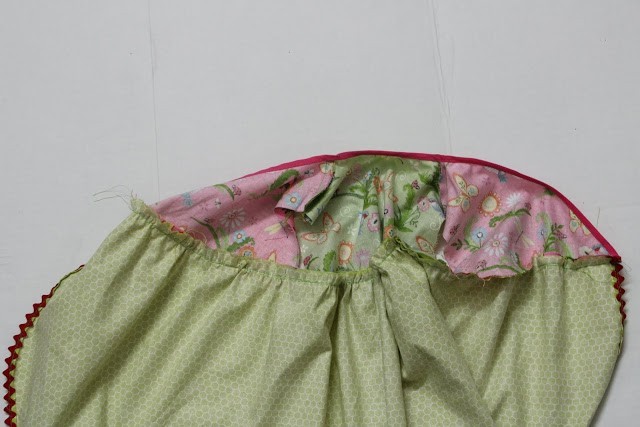 Bias binding obsheyte cuts hoses to the product looked neat. Decide which side will be closed smell, and the lower half of sew two beautiful buttons. In this place the top half, make two holes for the buttons. Obsheyte small stitches by hand, the fabric is not rastrepyvalas.
Bias binding obsheyte cuts hoses to the product looked neat. Decide which side will be closed smell, and the lower half of sew two beautiful buttons. In this place the top half, make two holes for the buttons. Obsheyte small stitches by hand, the fabric is not rastrepyvalas.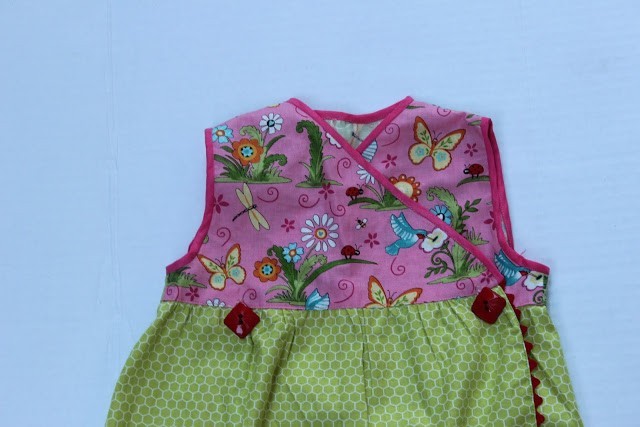 Get the original children’s summer dress! For more you can sew on a button, and the upper part of the product, mentally sketching the triangle between the buttons.
Get the original children’s summer dress! For more you can sew on a button, and the upper part of the product, mentally sketching the triangle between the buttons.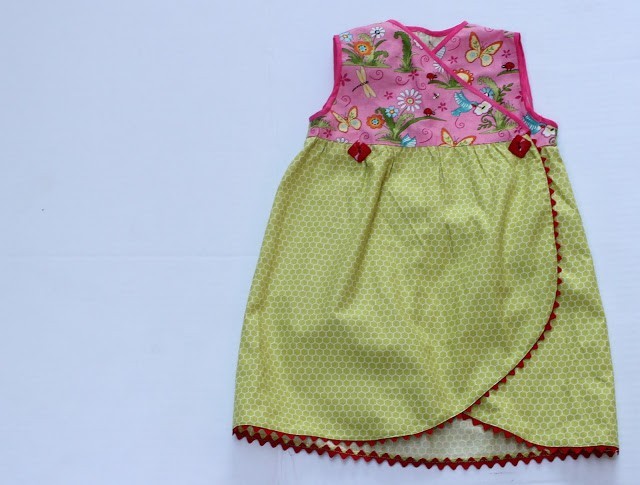
DIY Handmade Cushion of patches
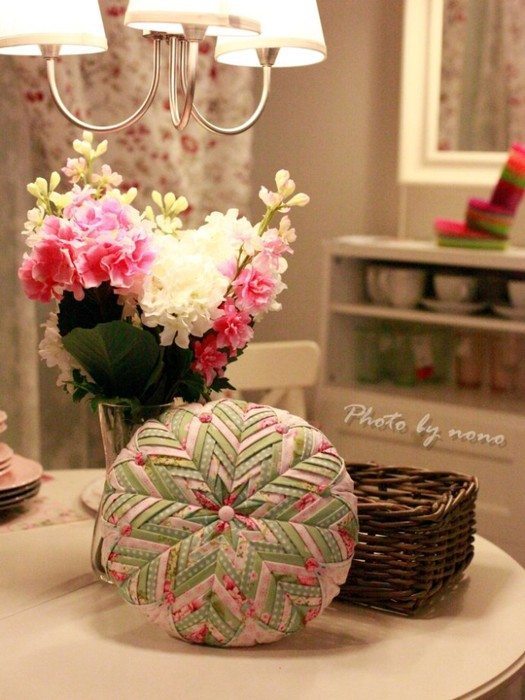
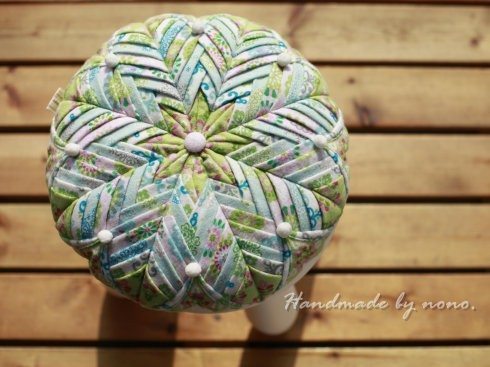
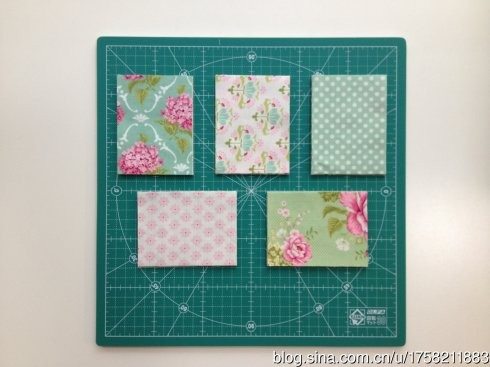
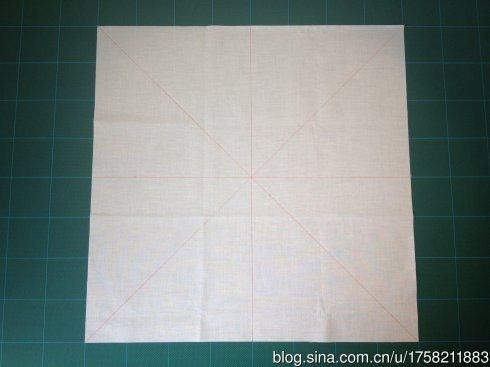

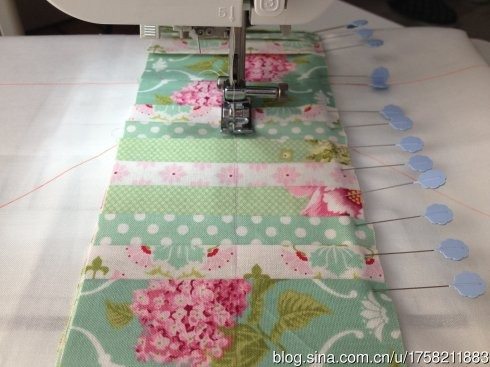
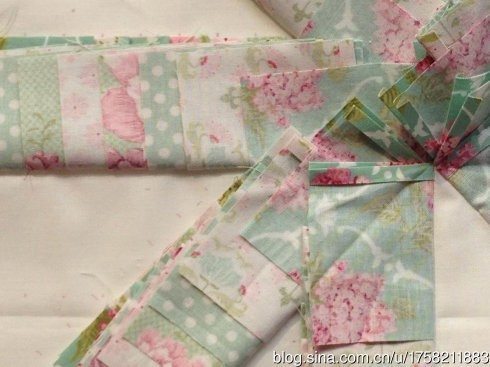
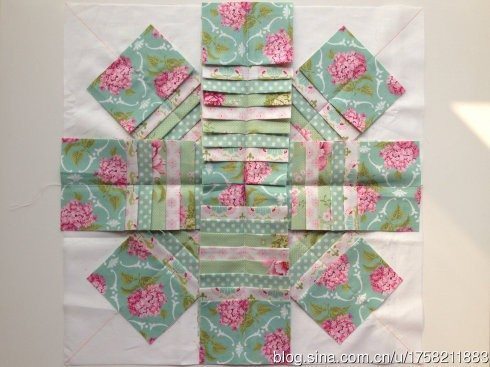


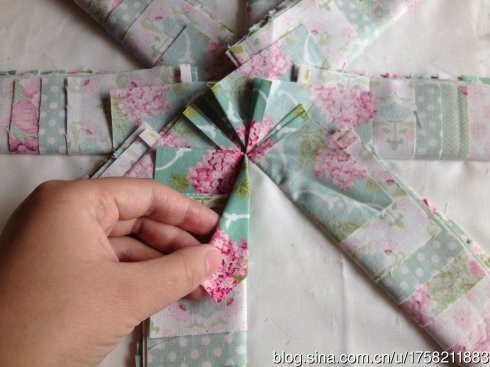


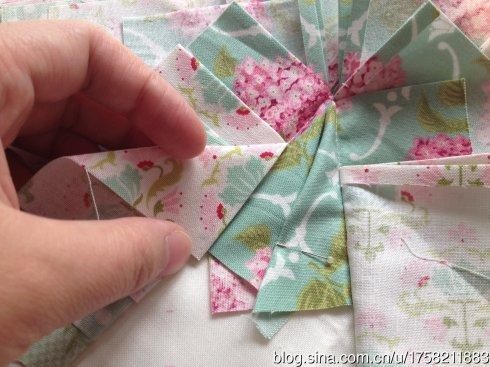

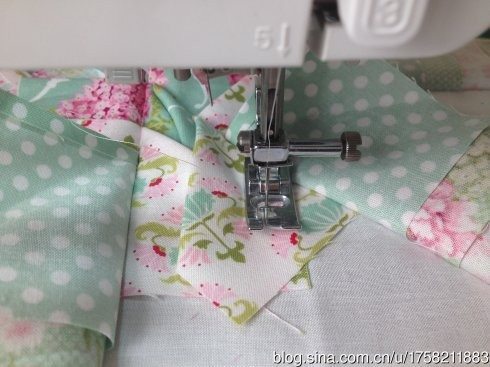
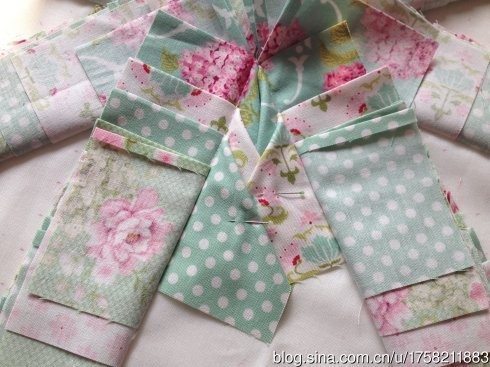


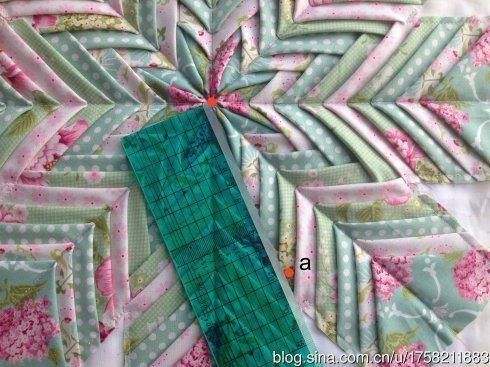

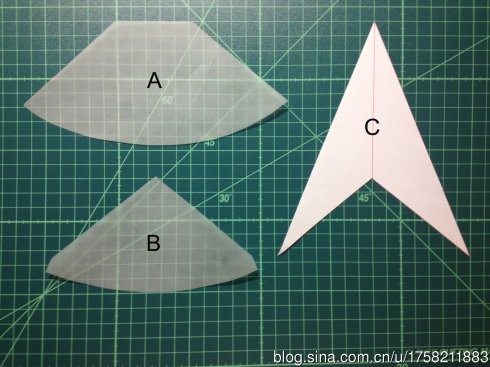
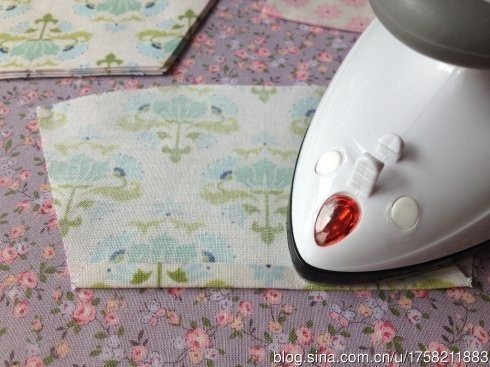
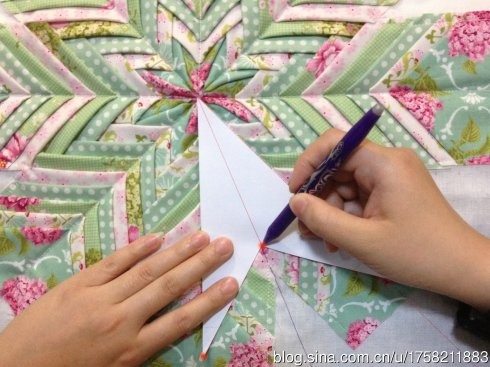
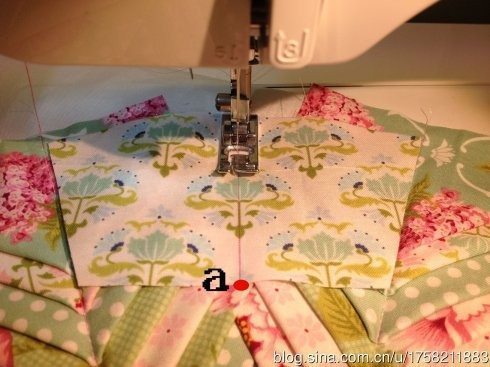

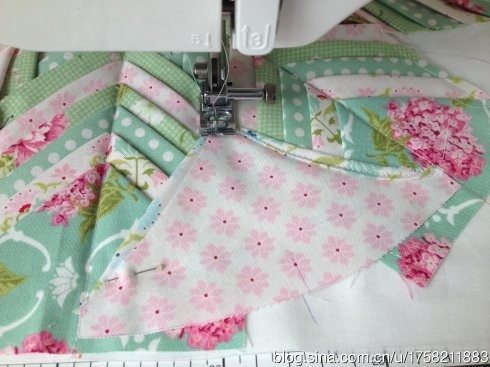

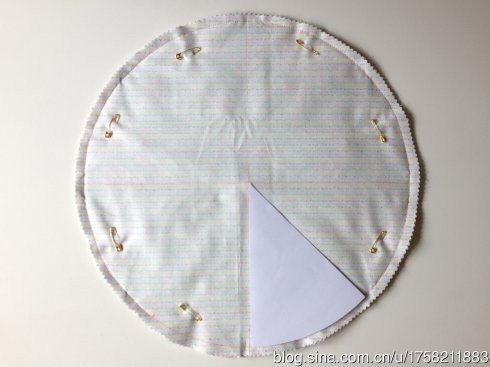
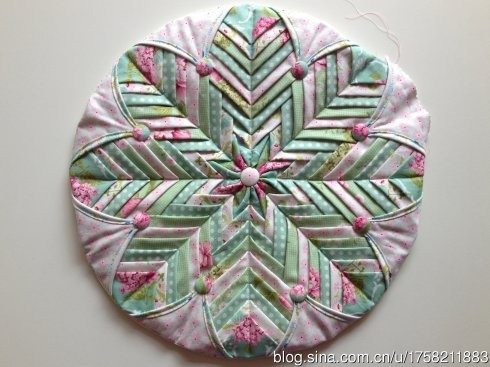
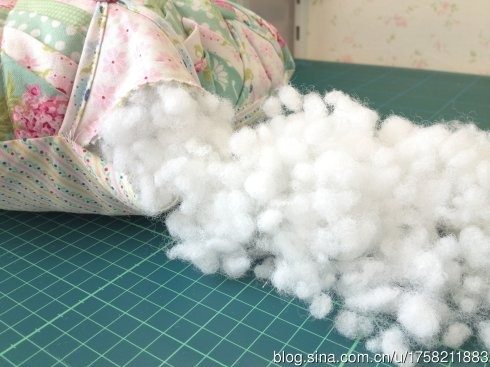
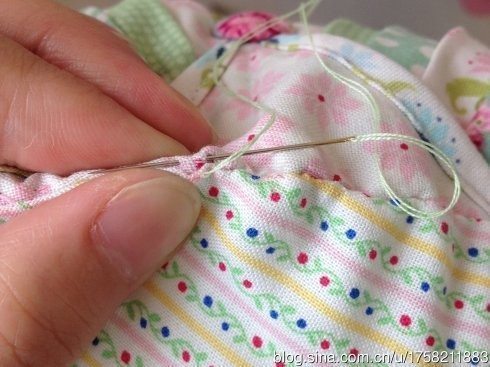
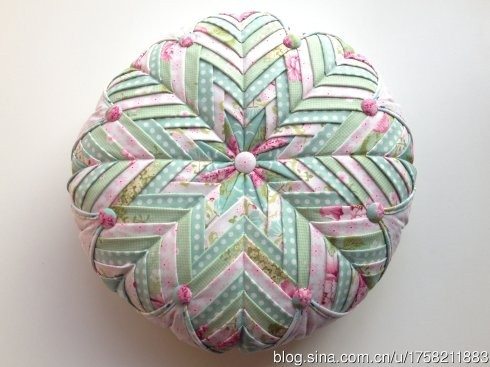
Stash for needlework patchwork
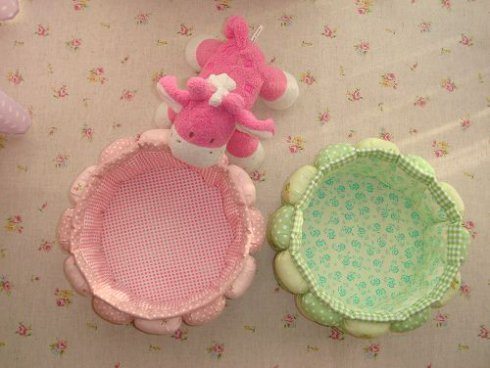


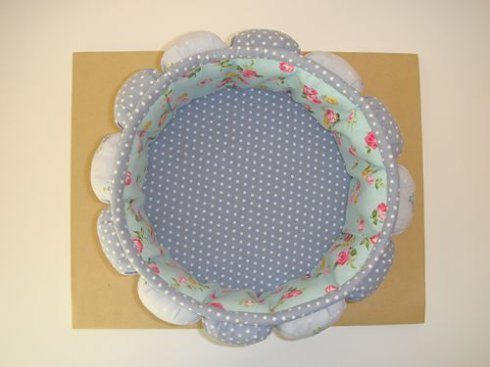
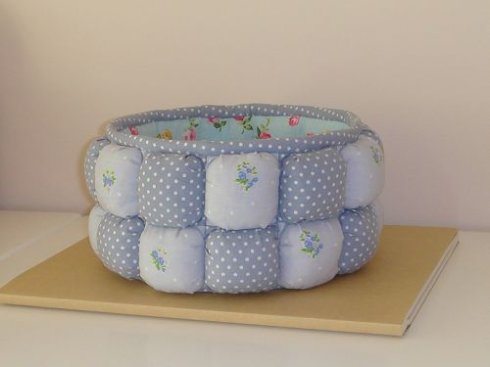
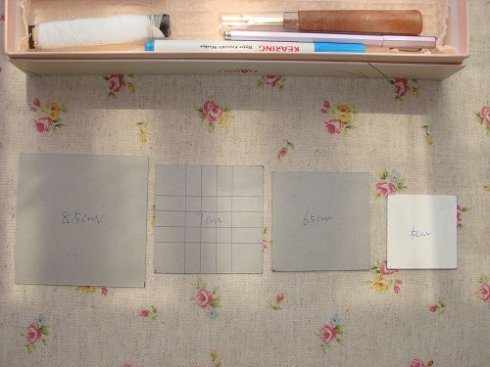
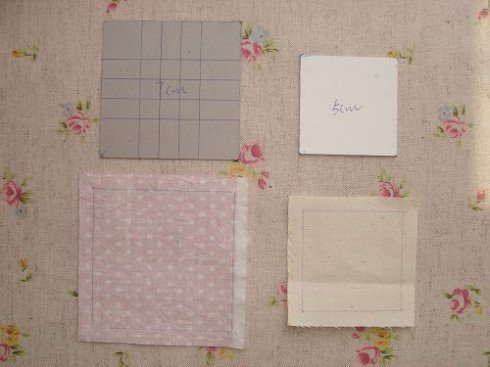
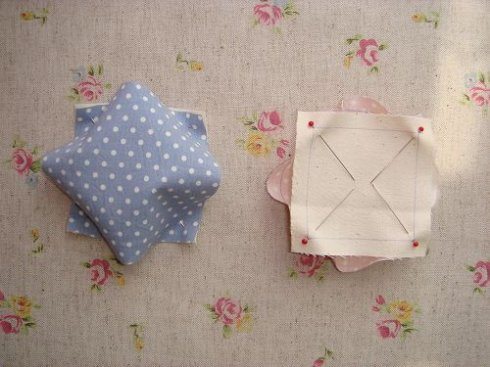
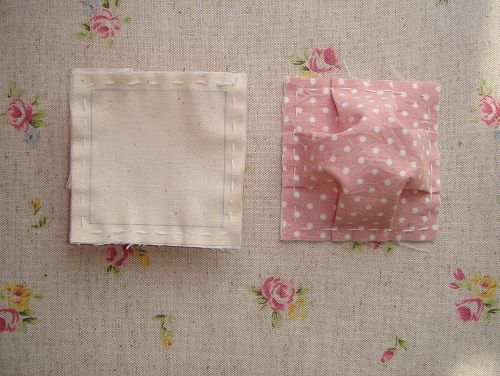
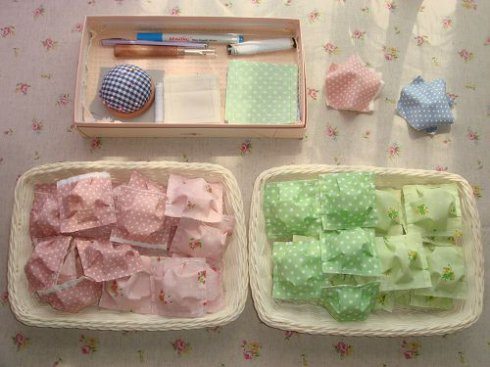
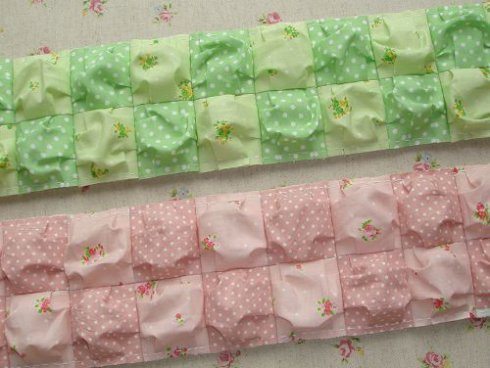


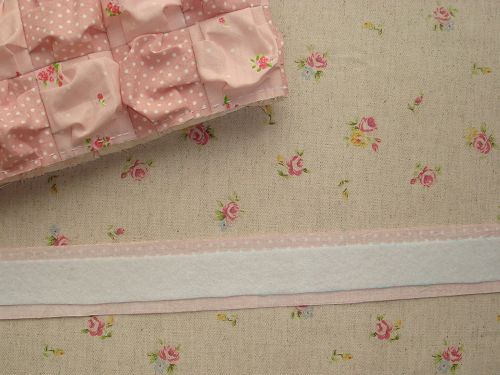


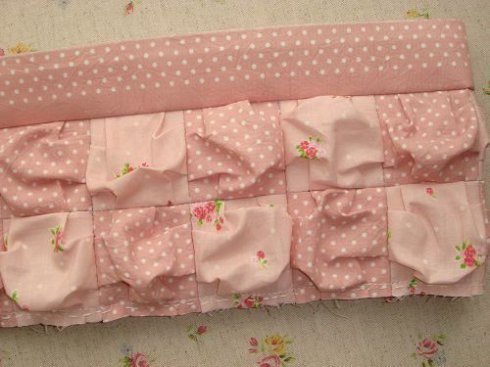
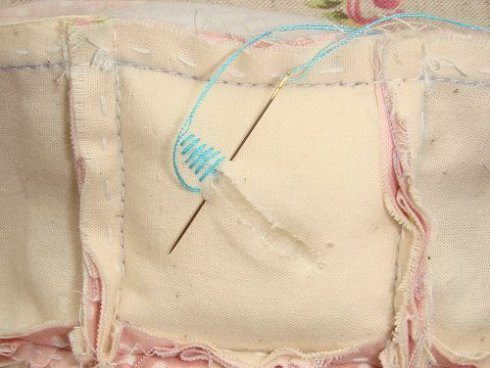

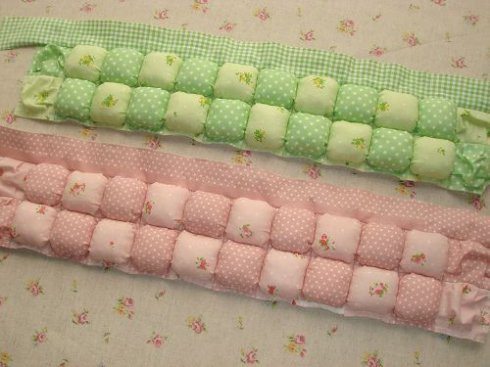
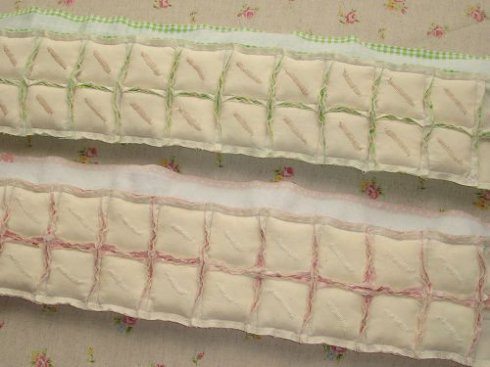
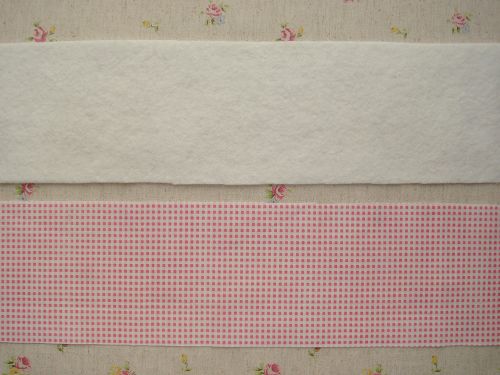

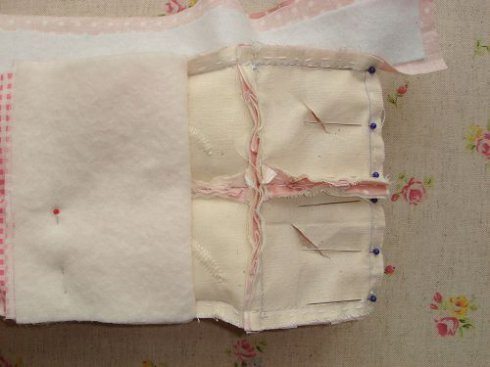
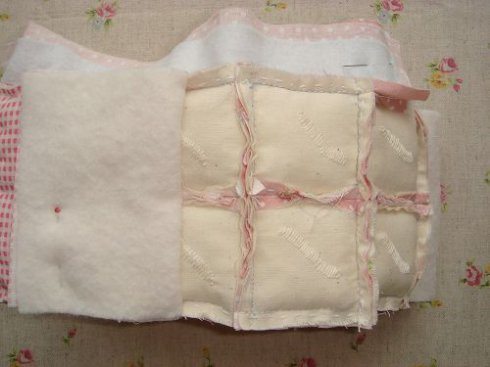
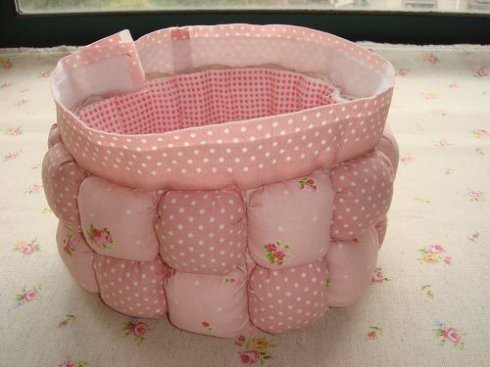
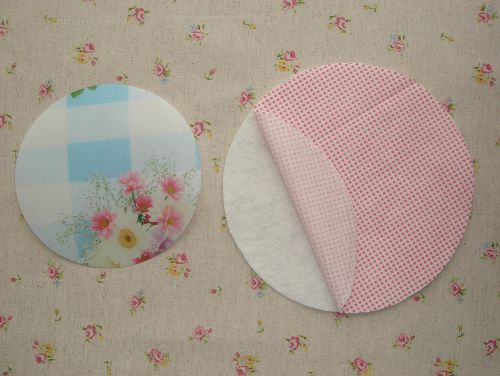
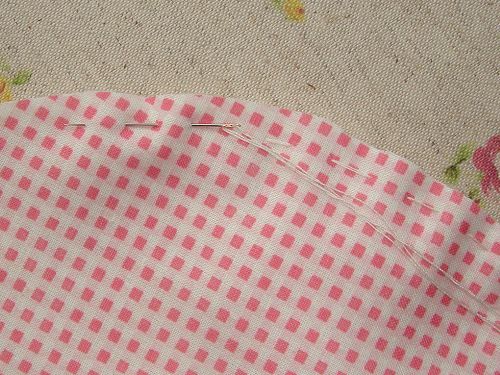

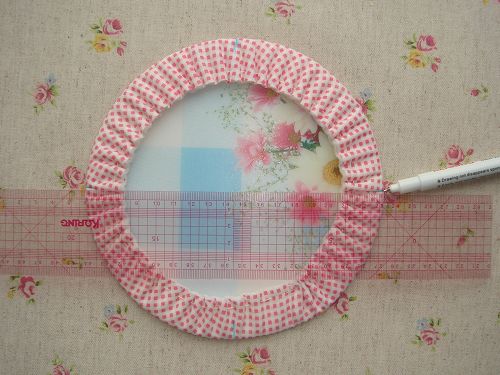
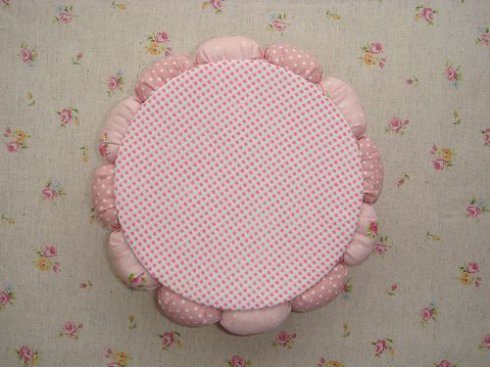

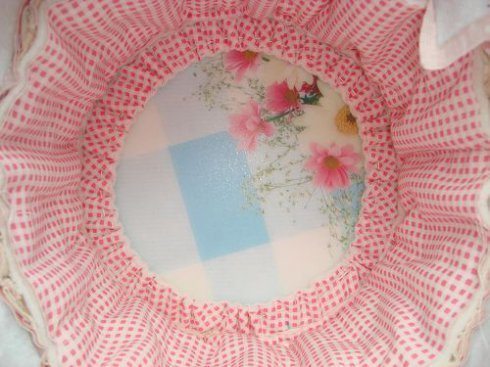
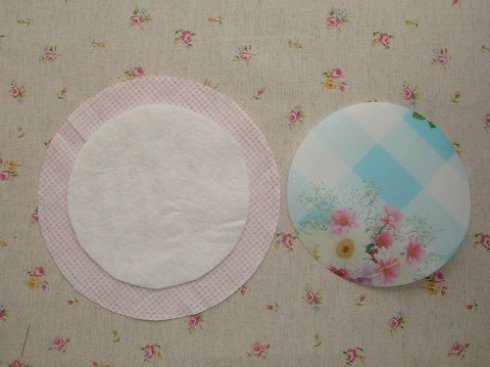
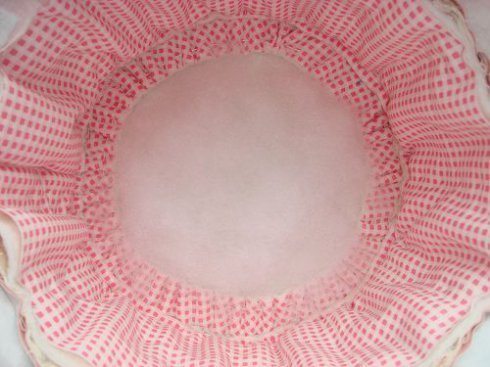

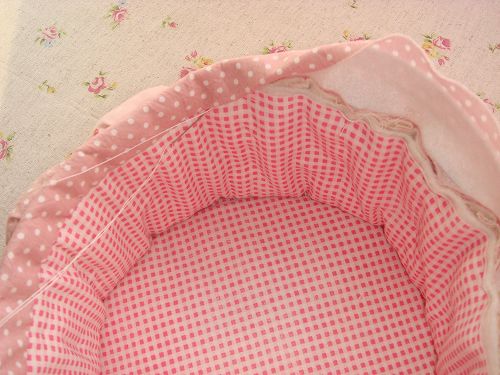
DIY Creating and stitching hexagons for plaid making tutorial
